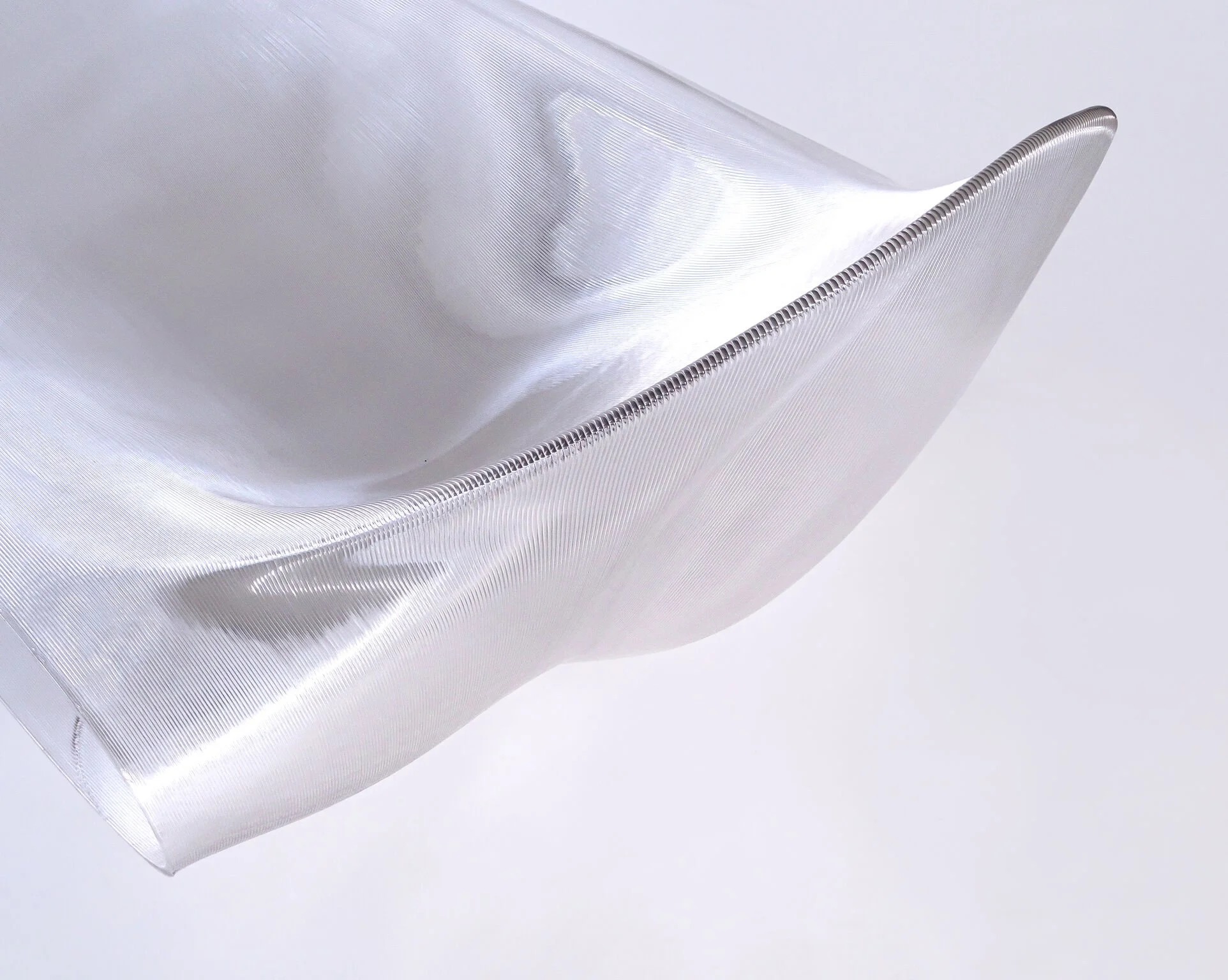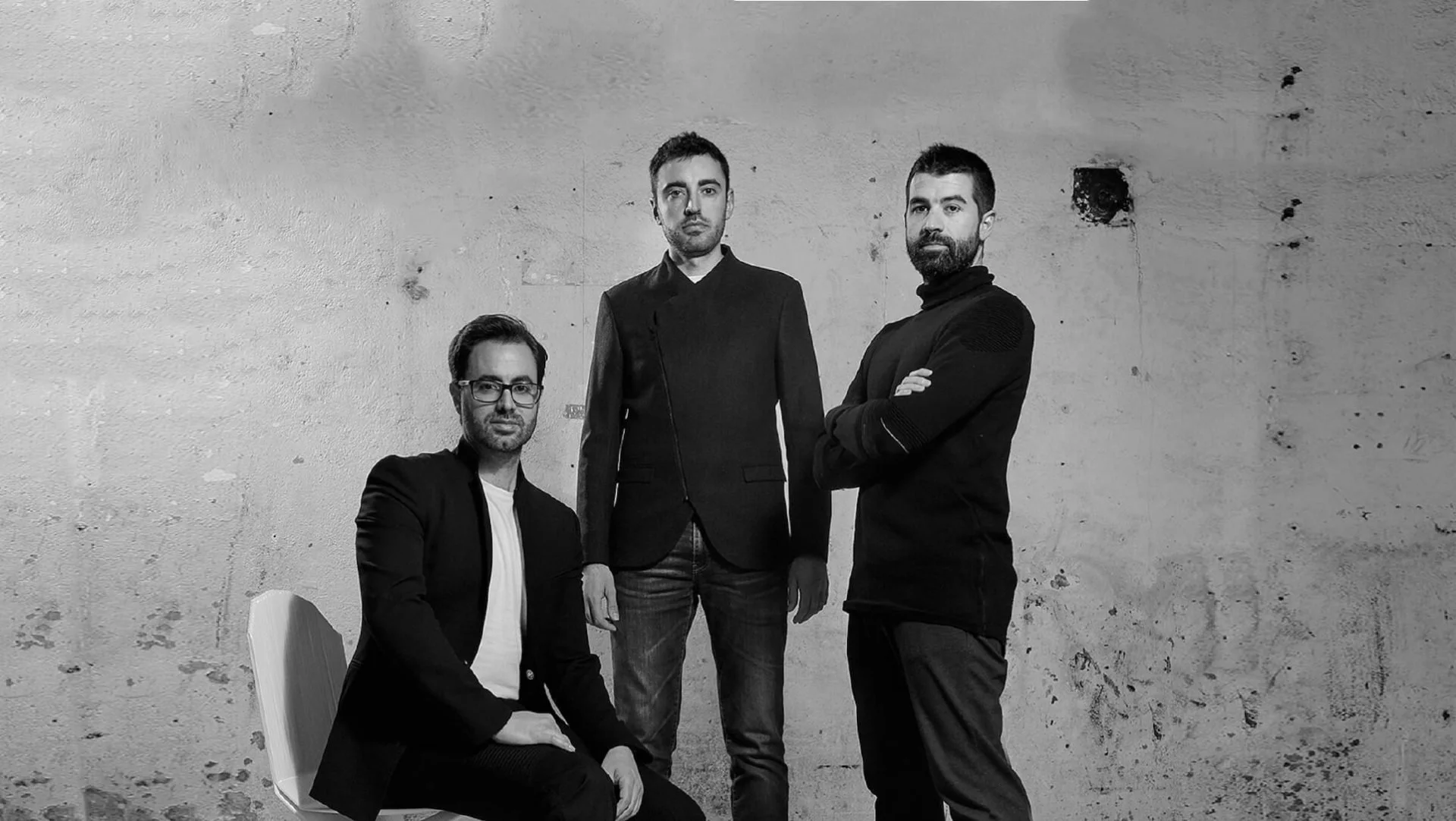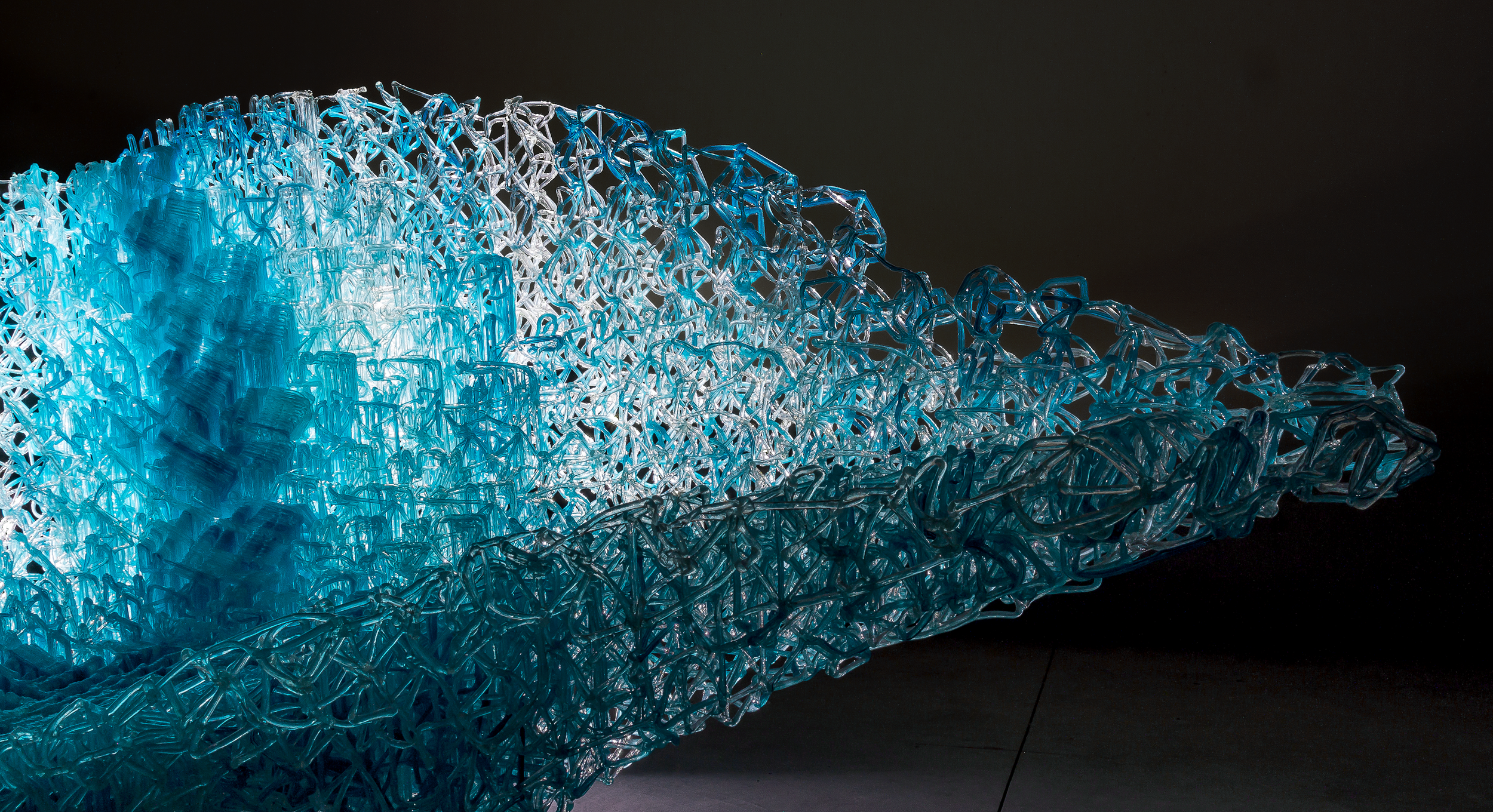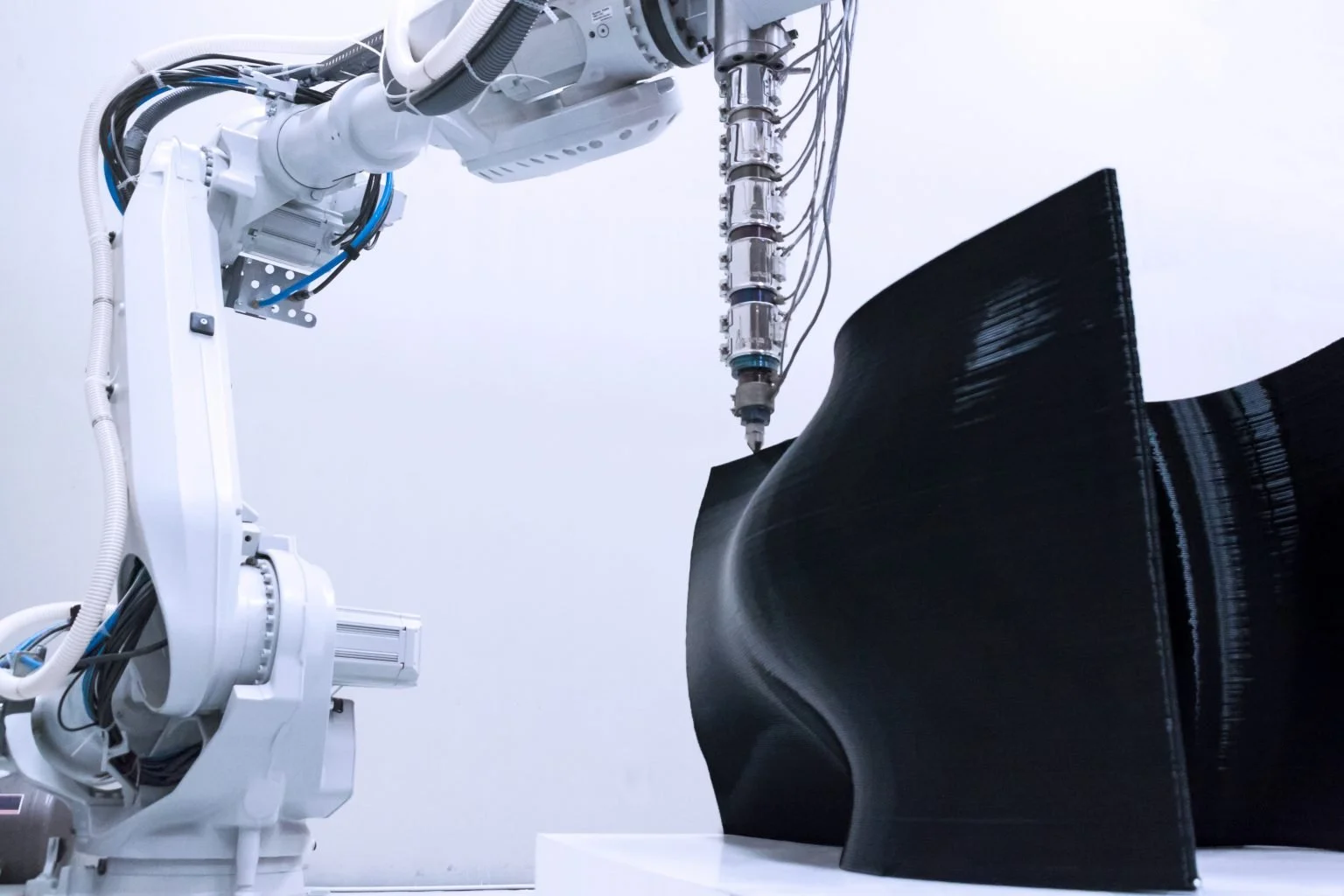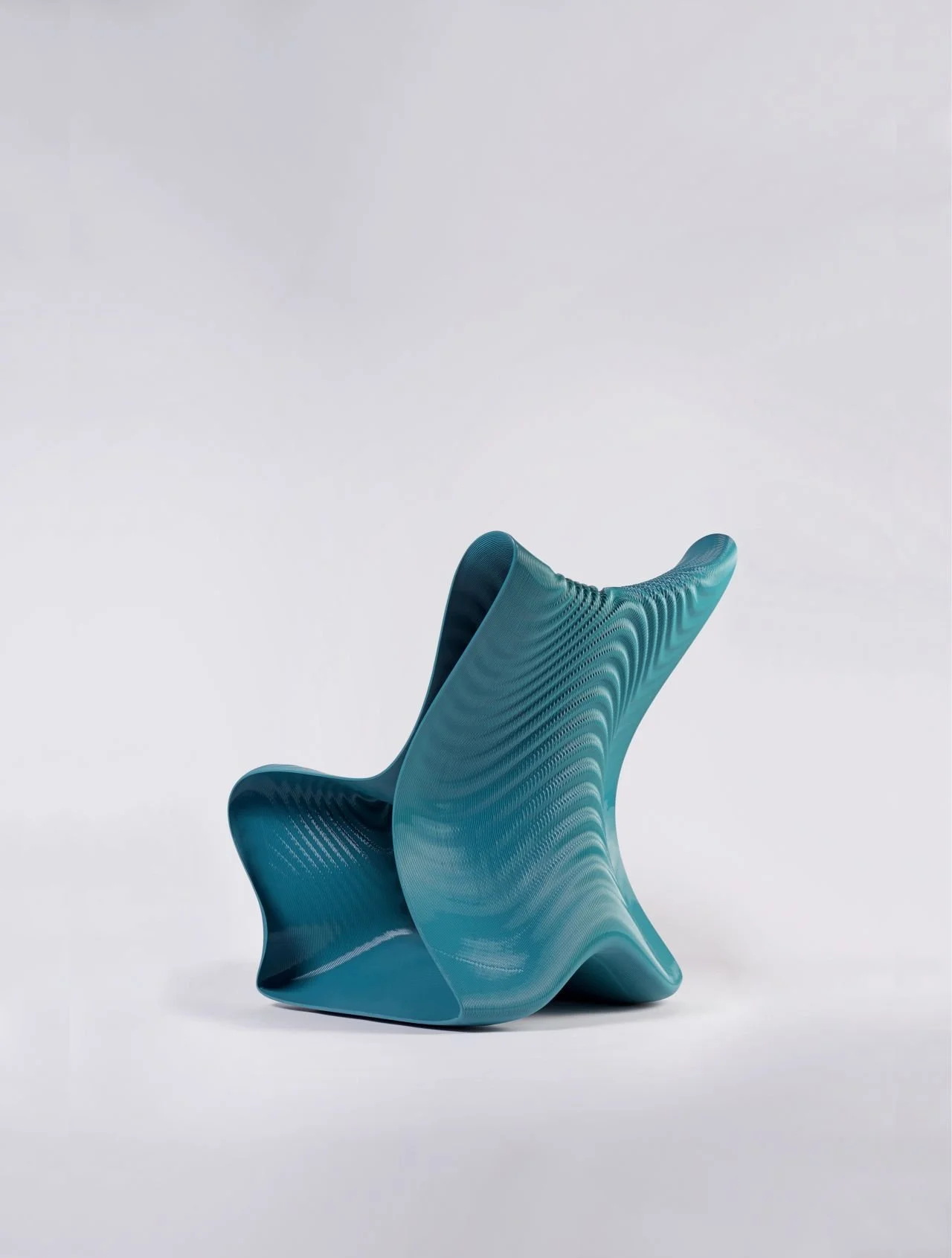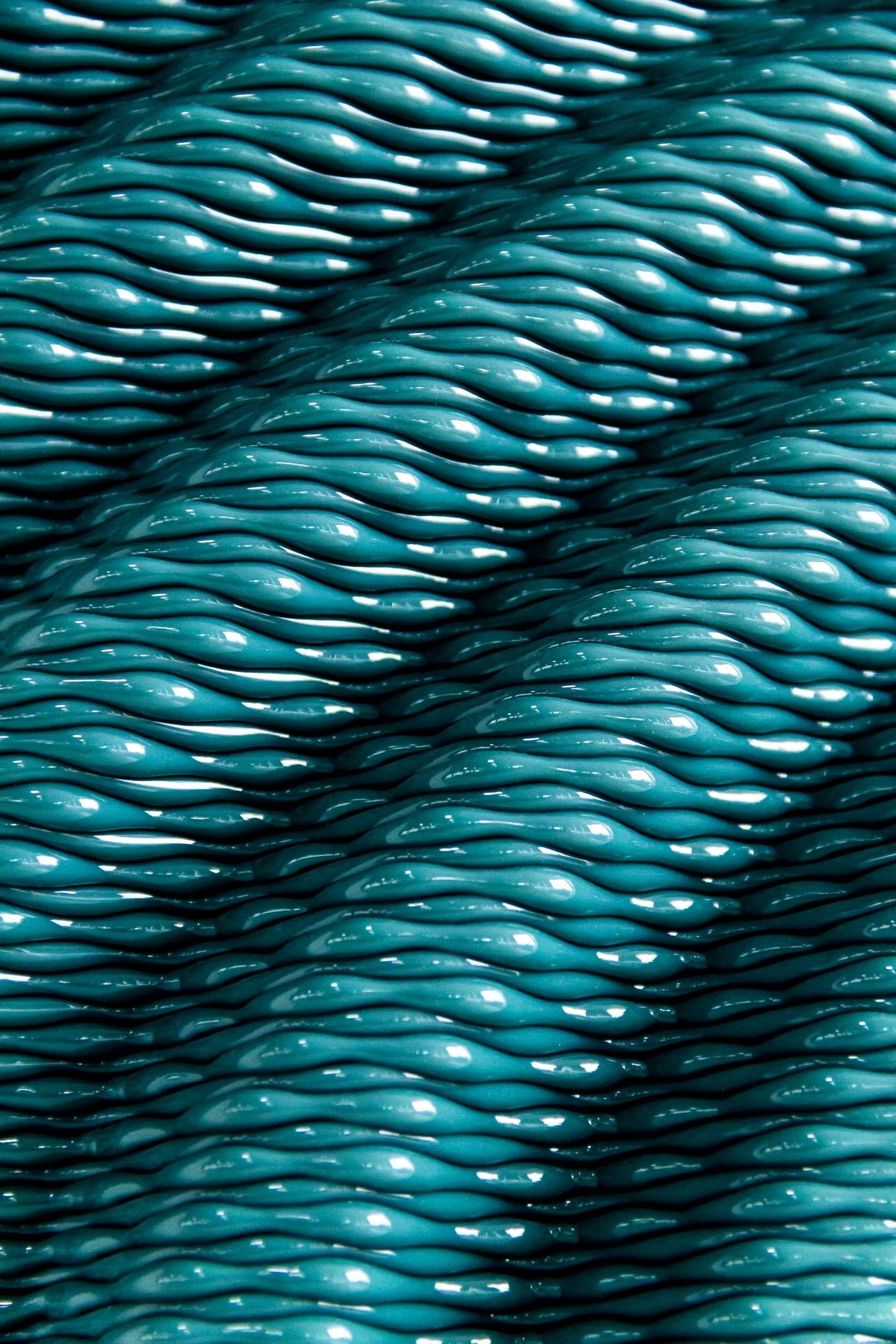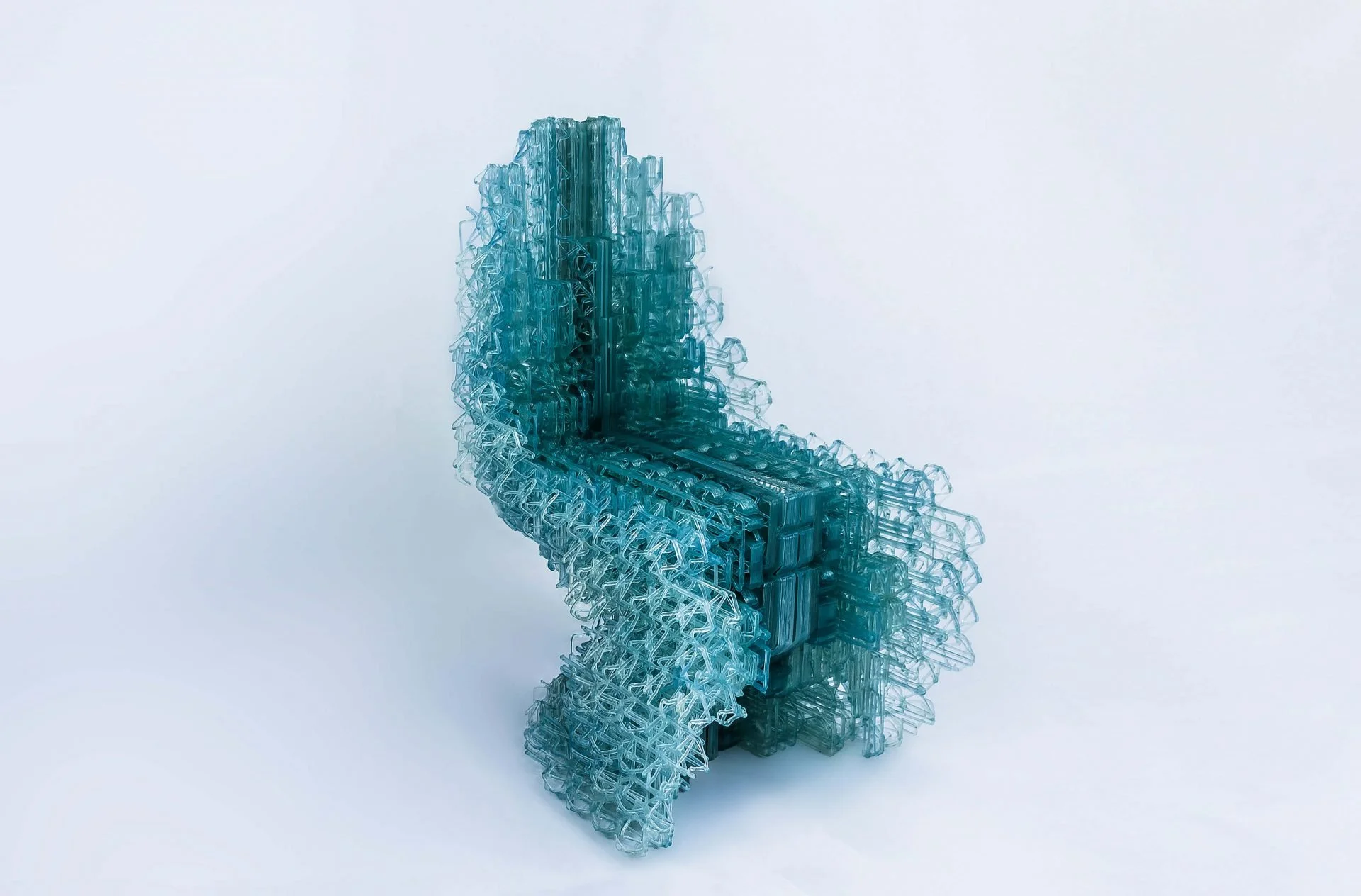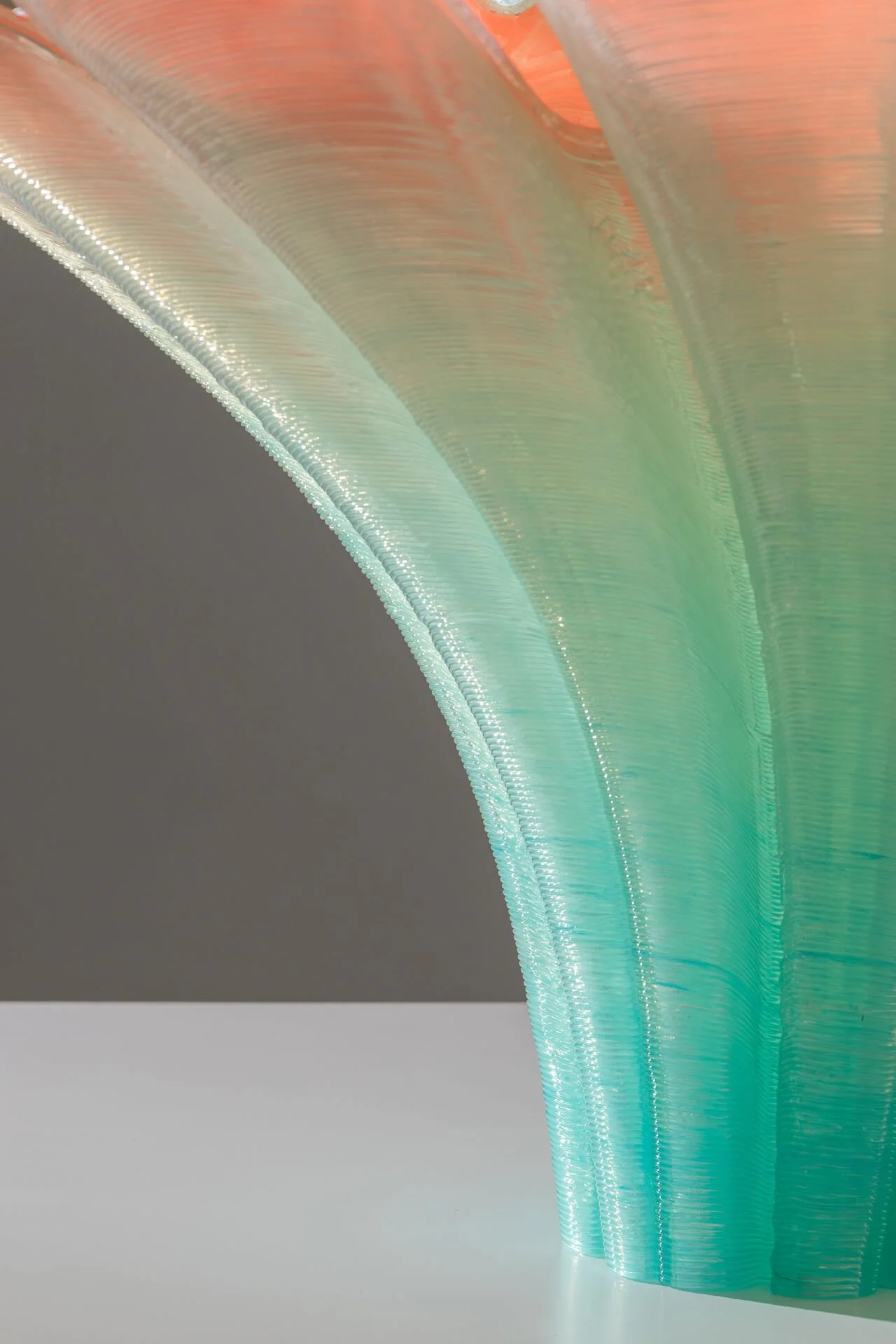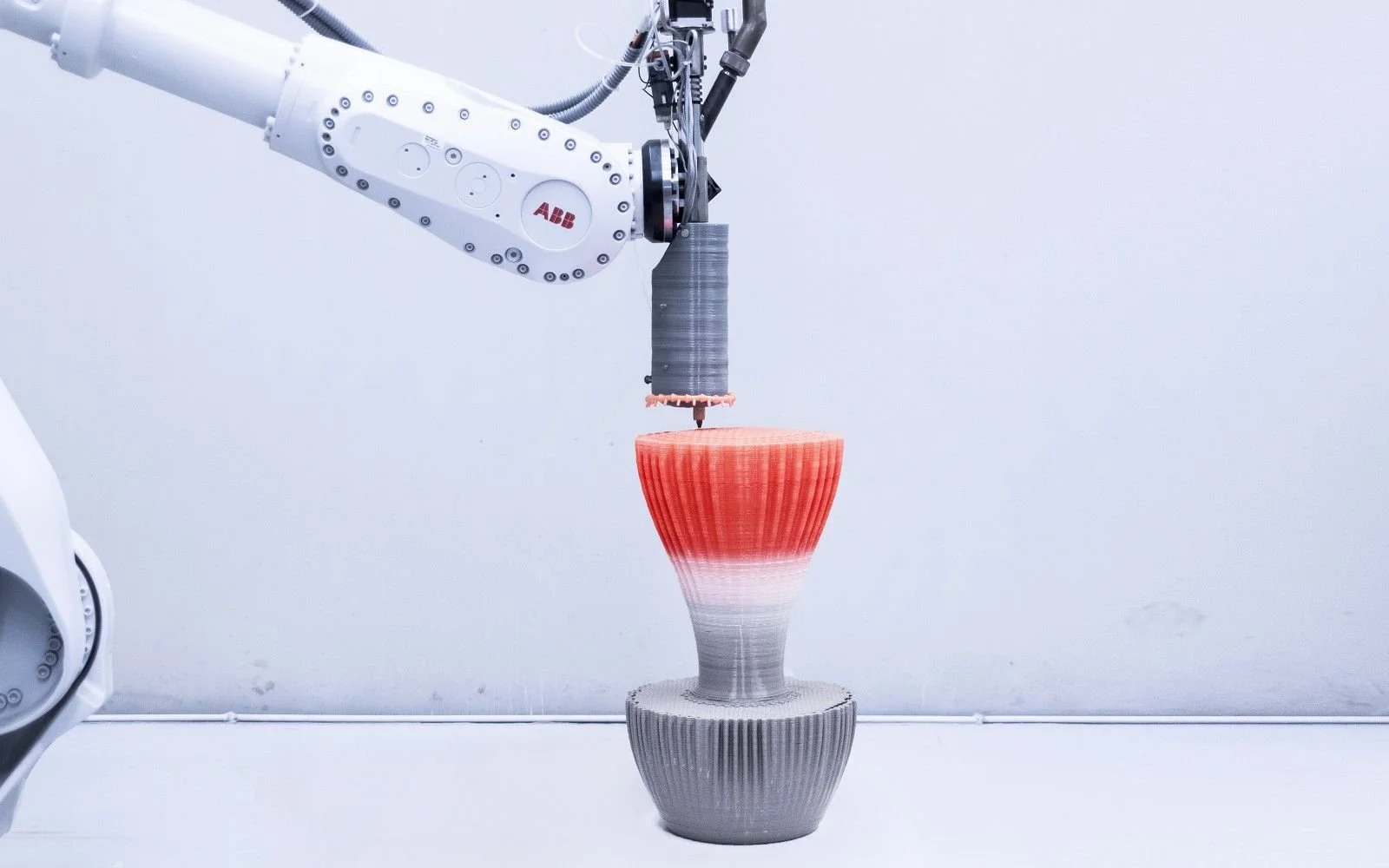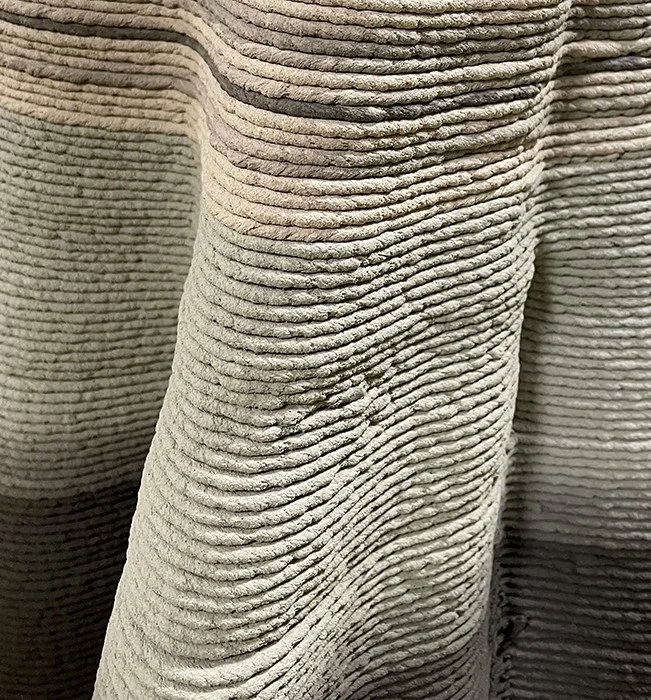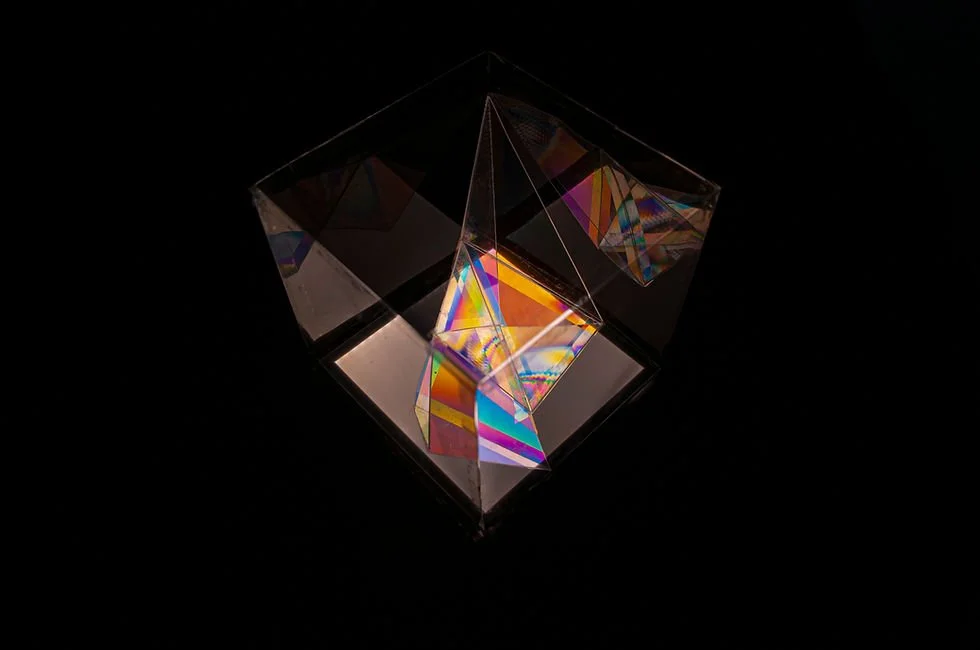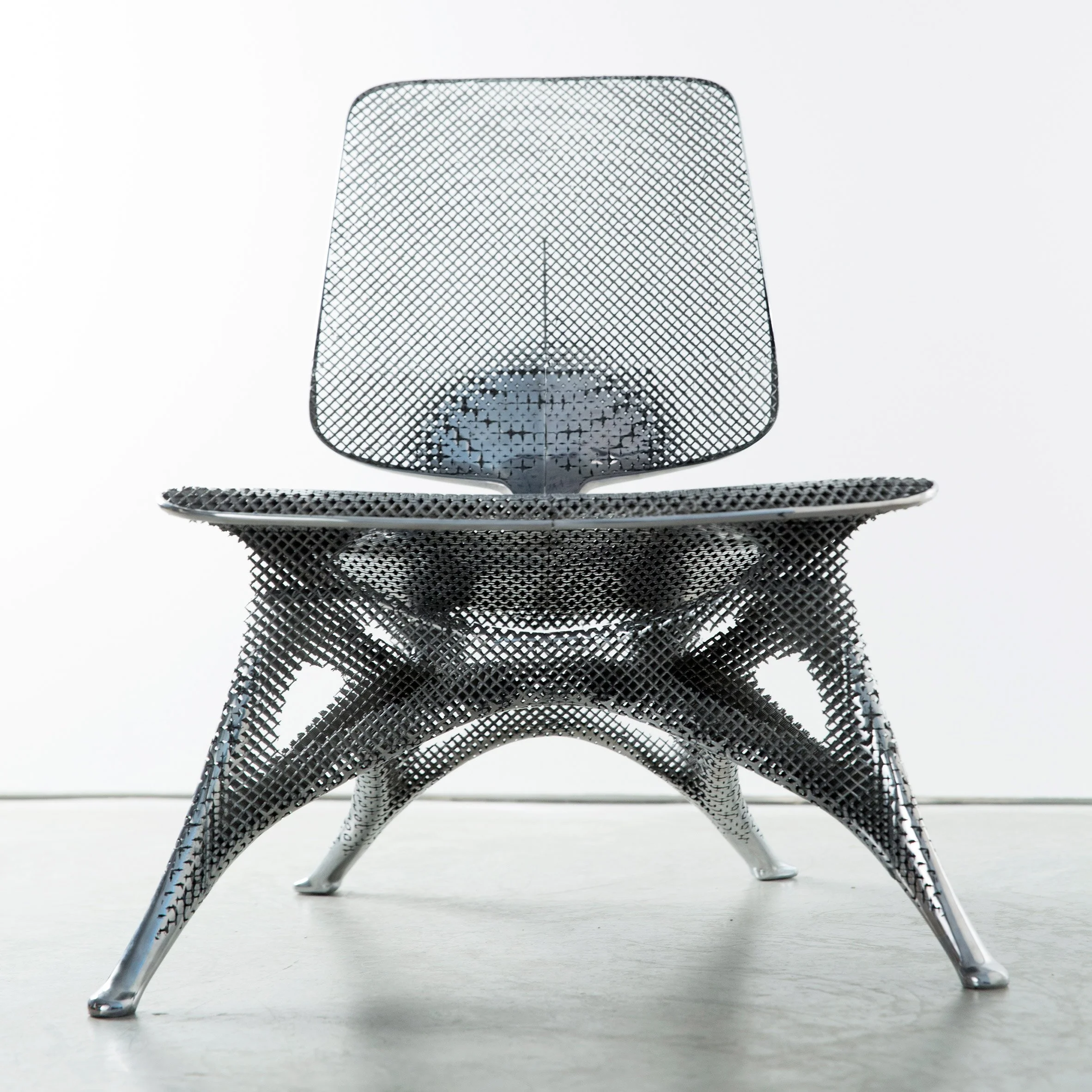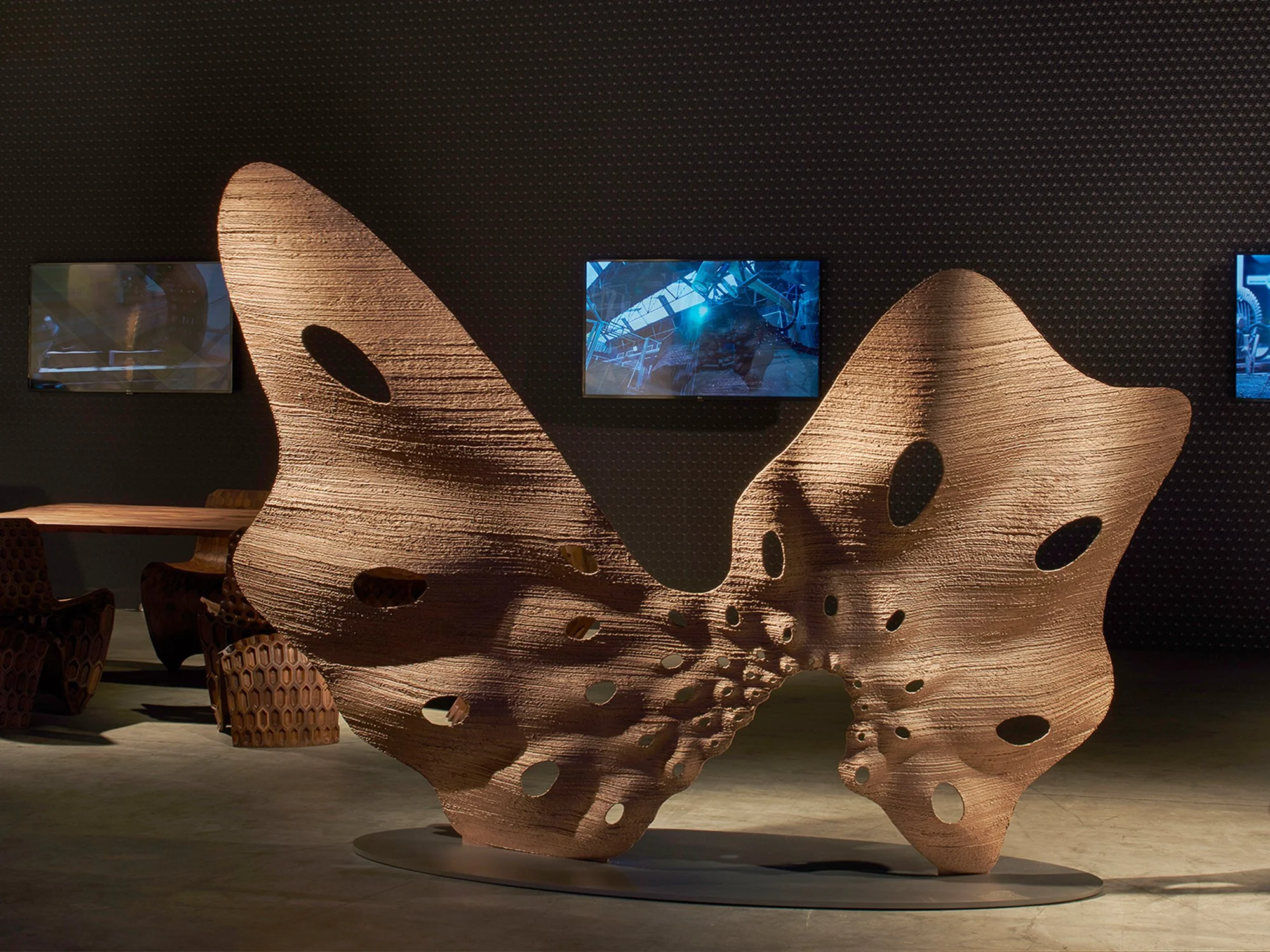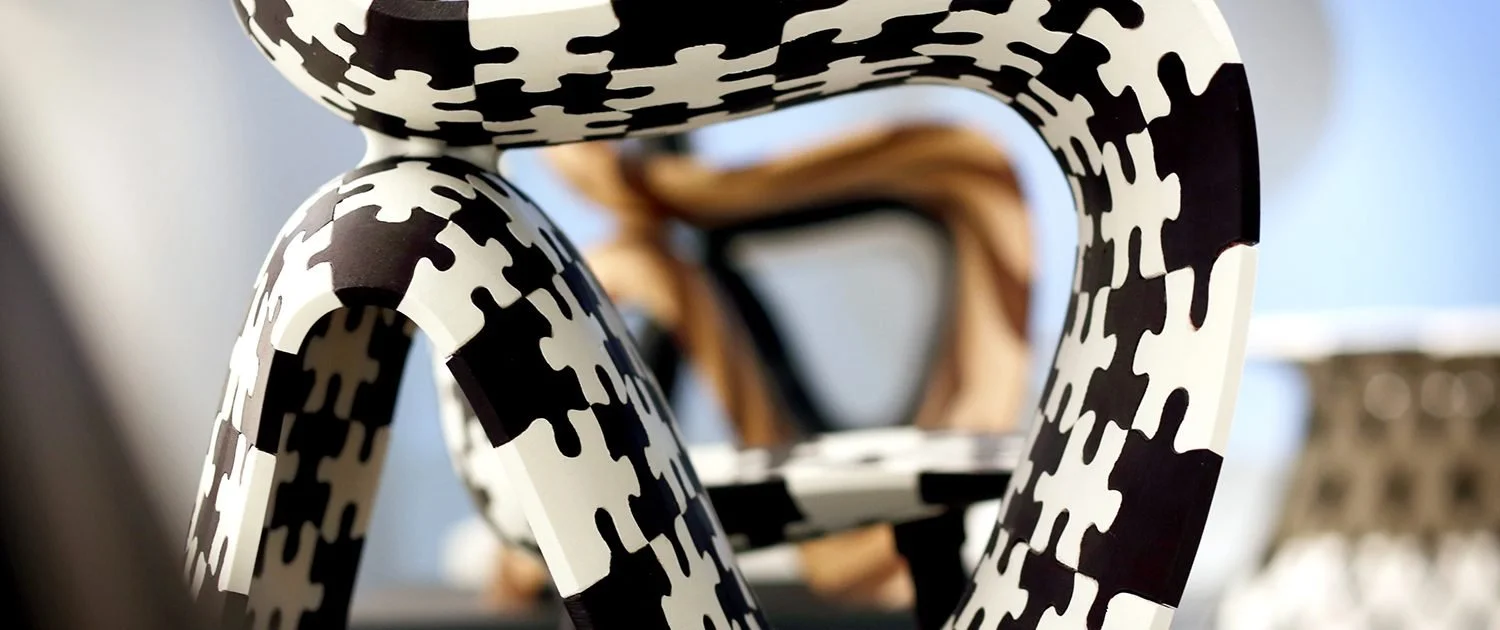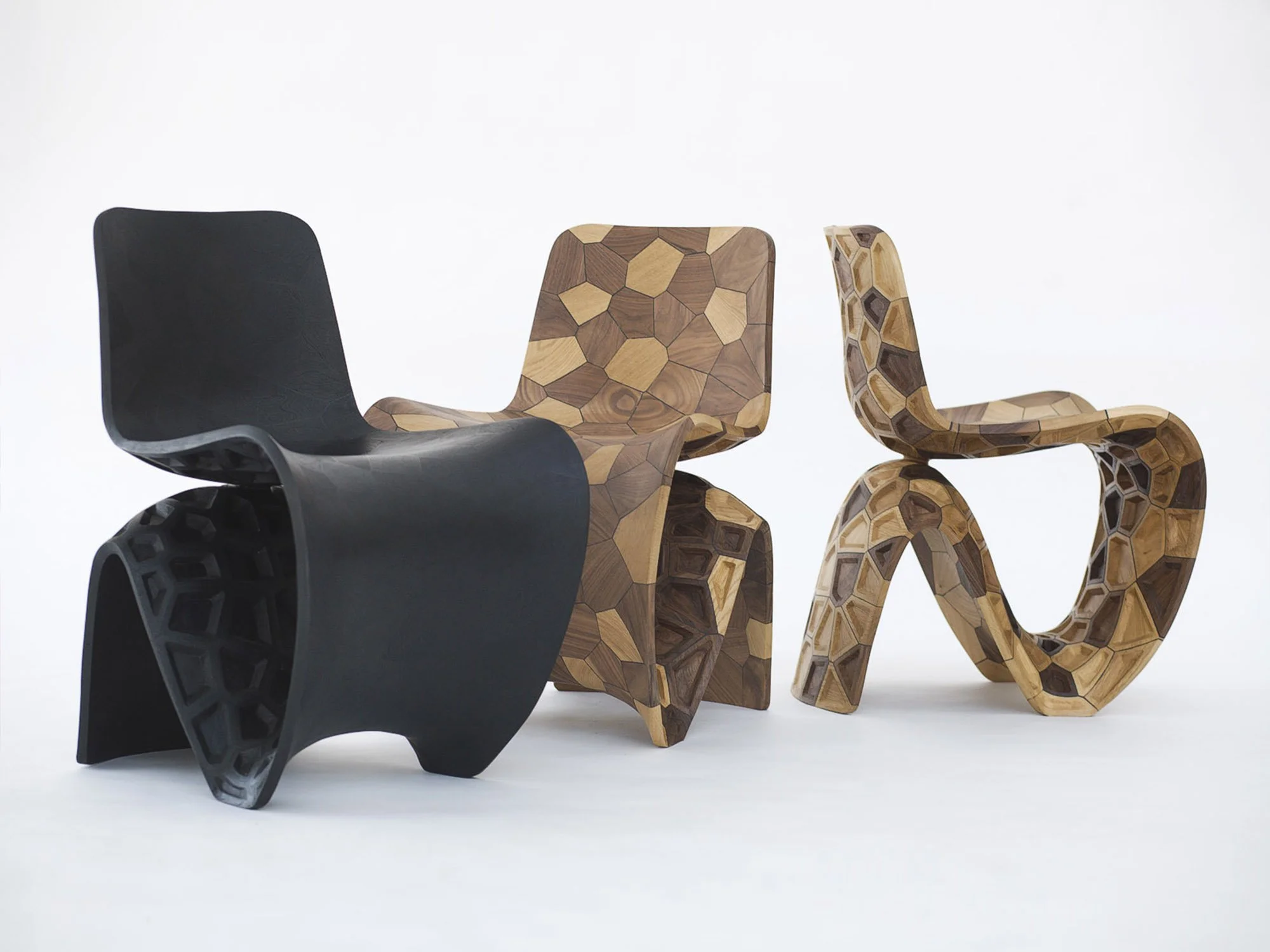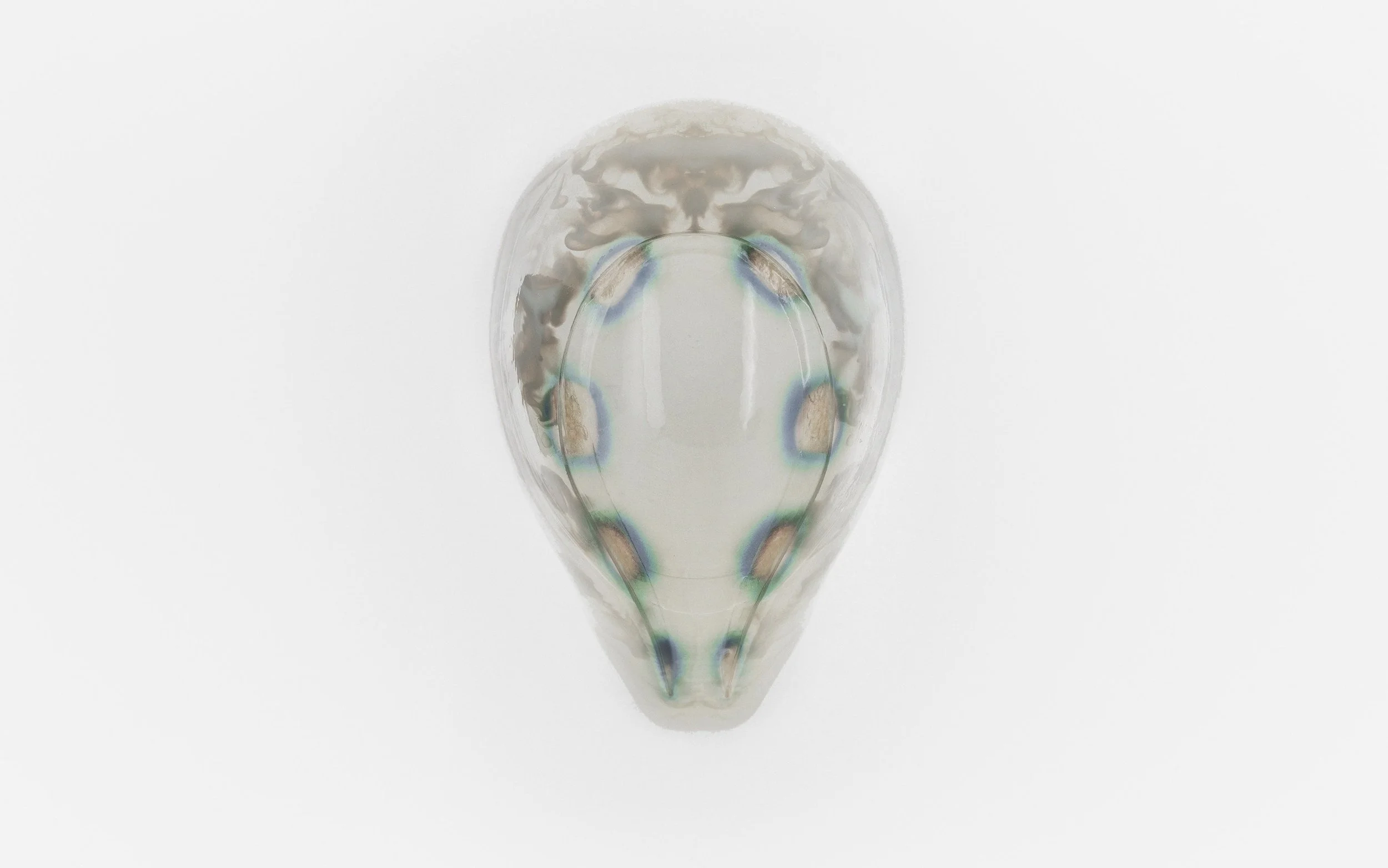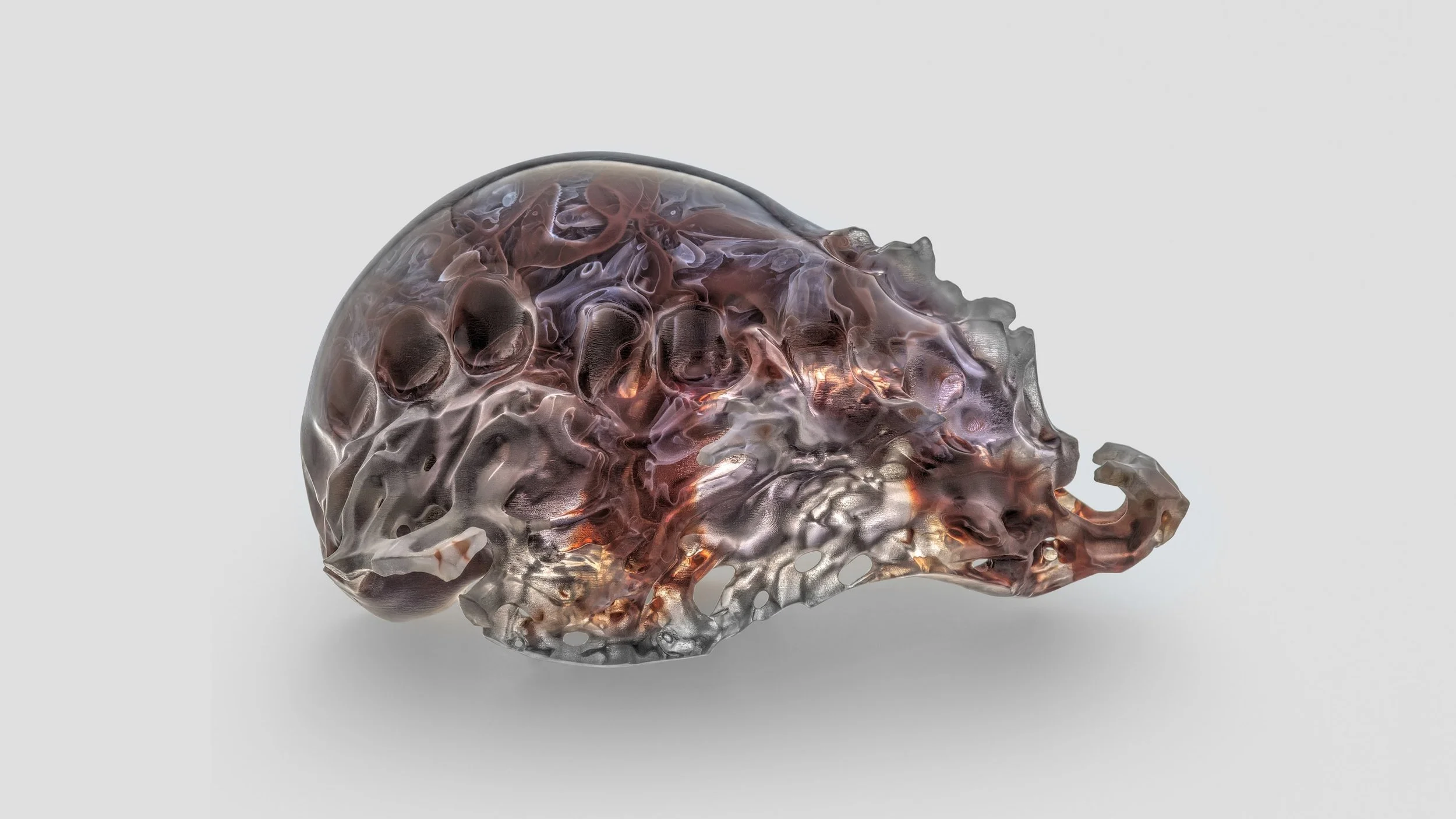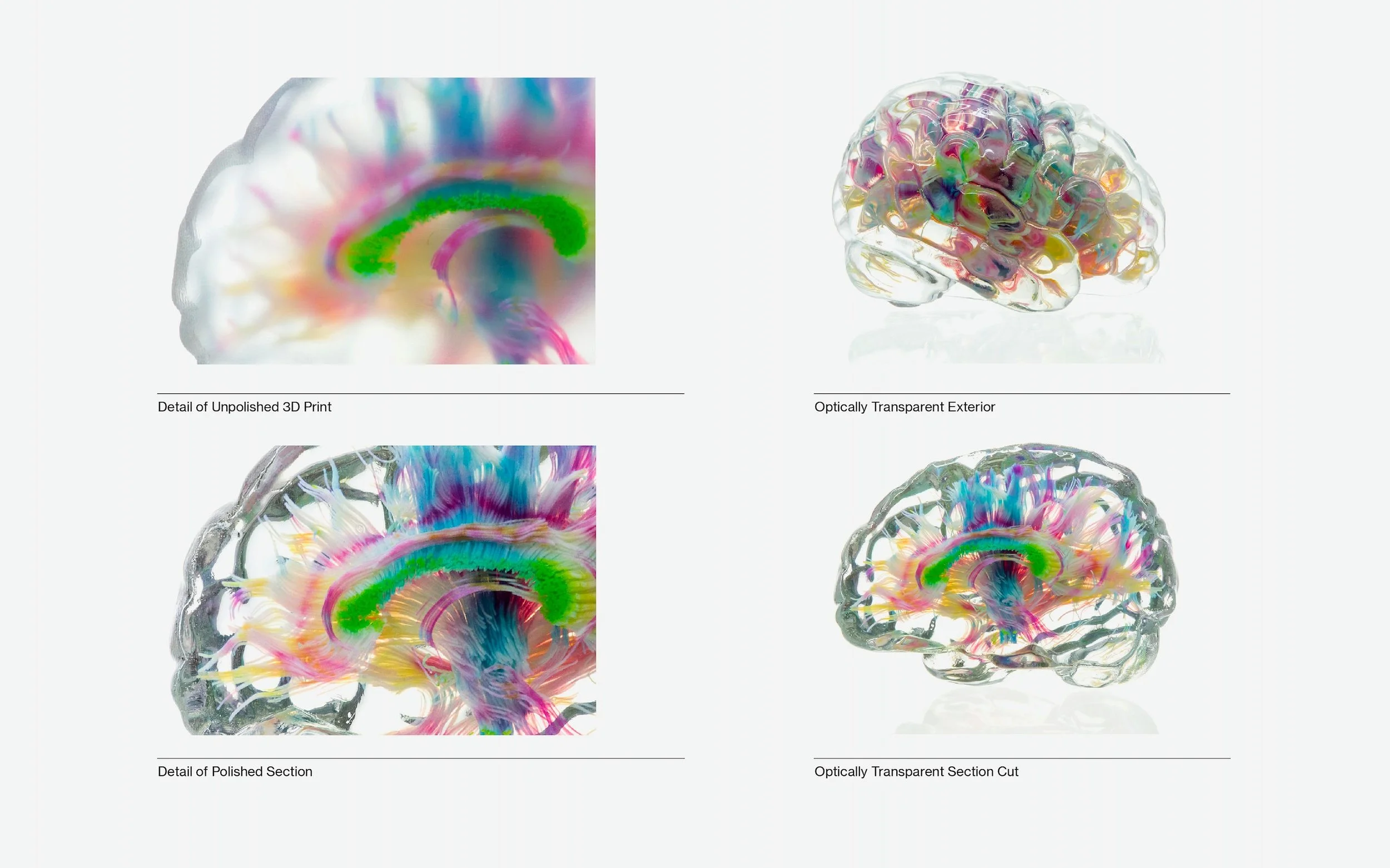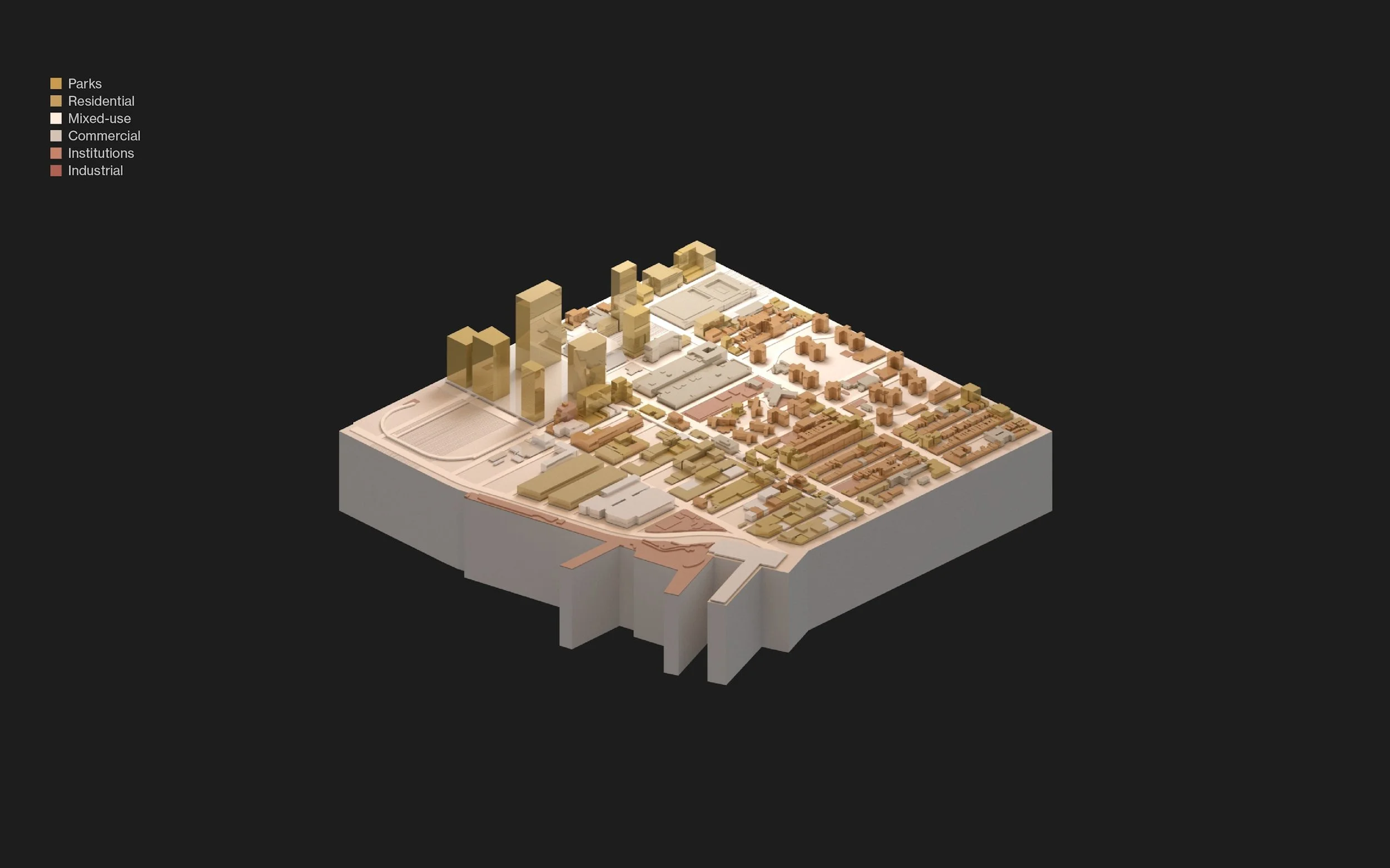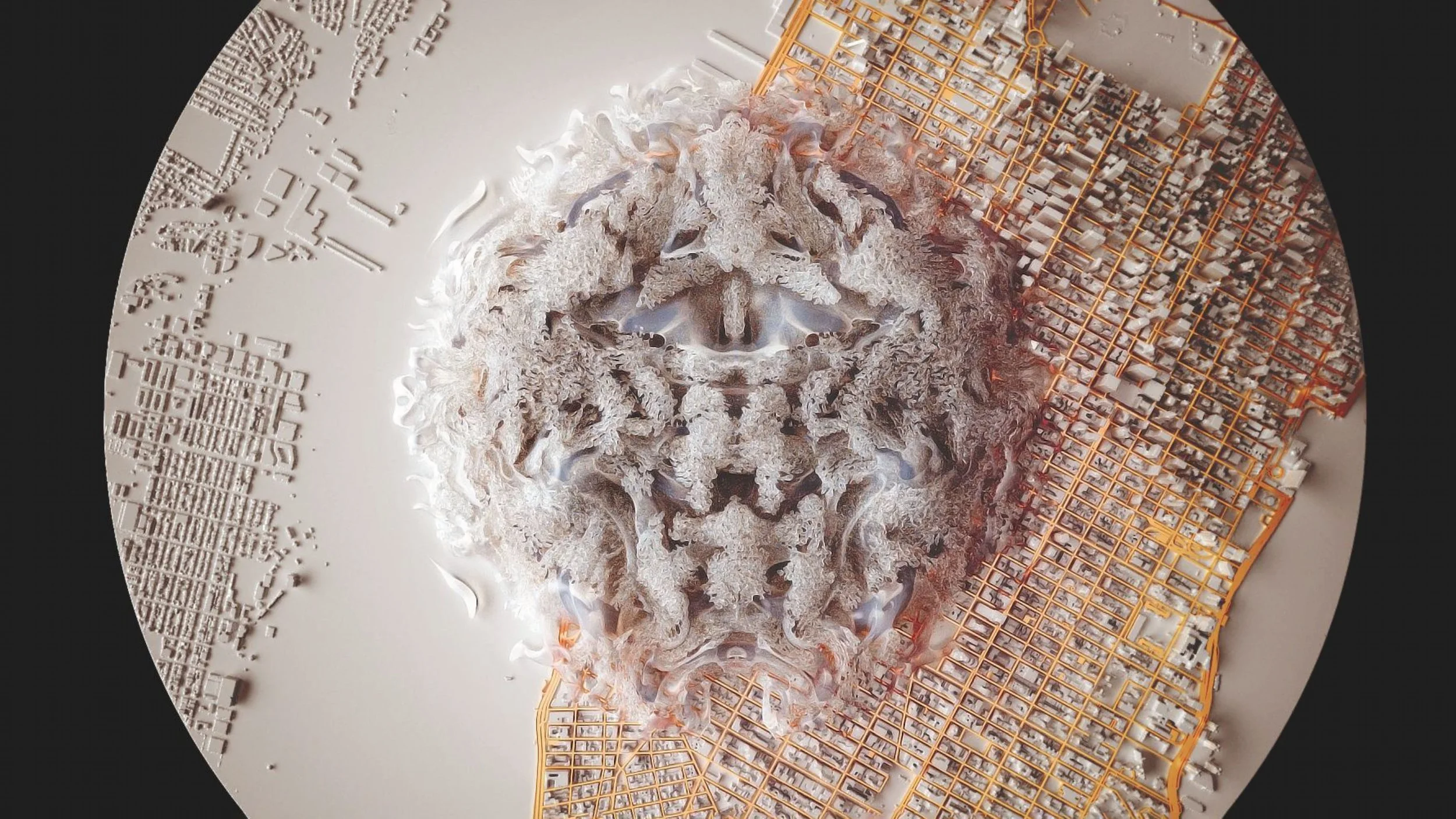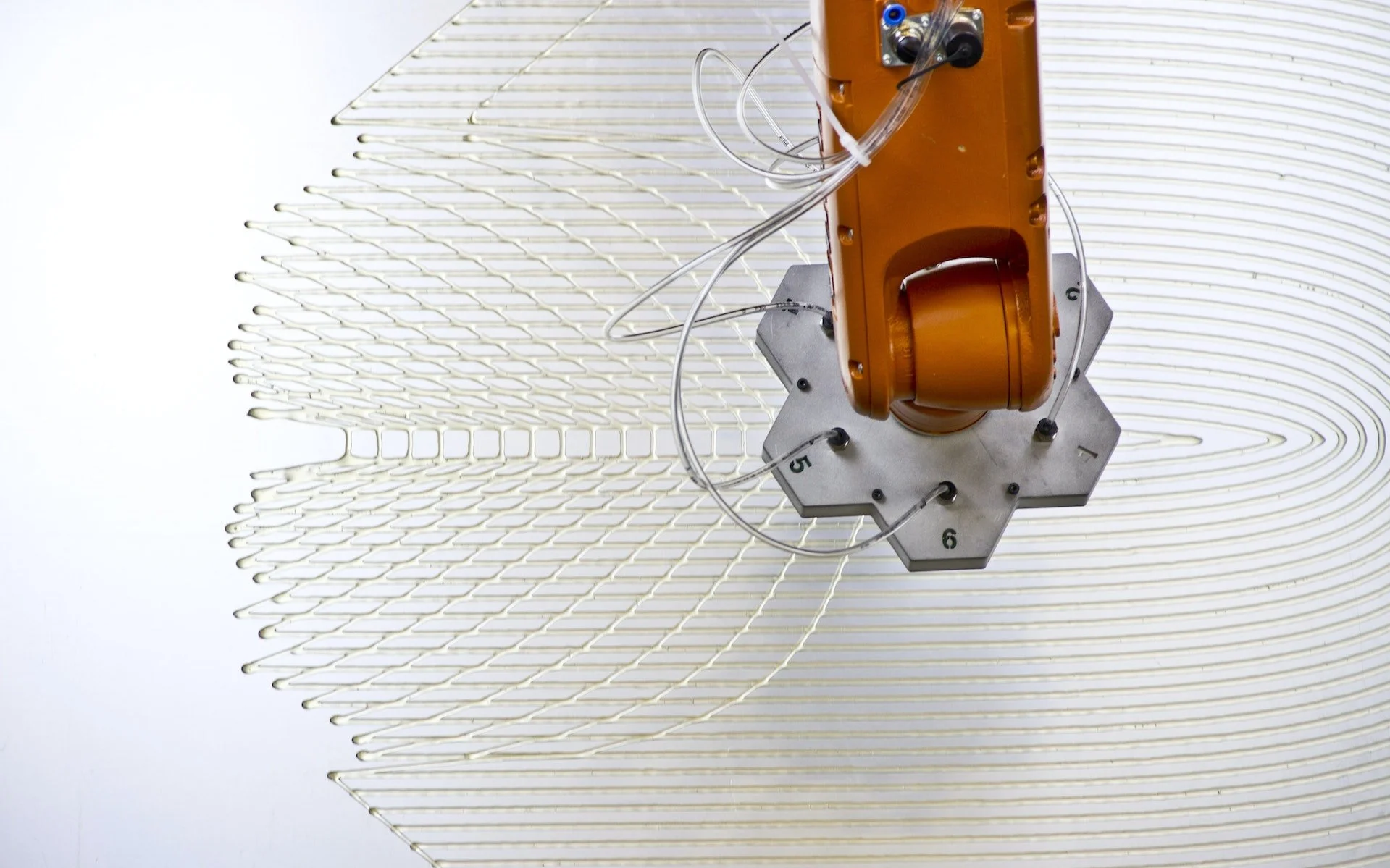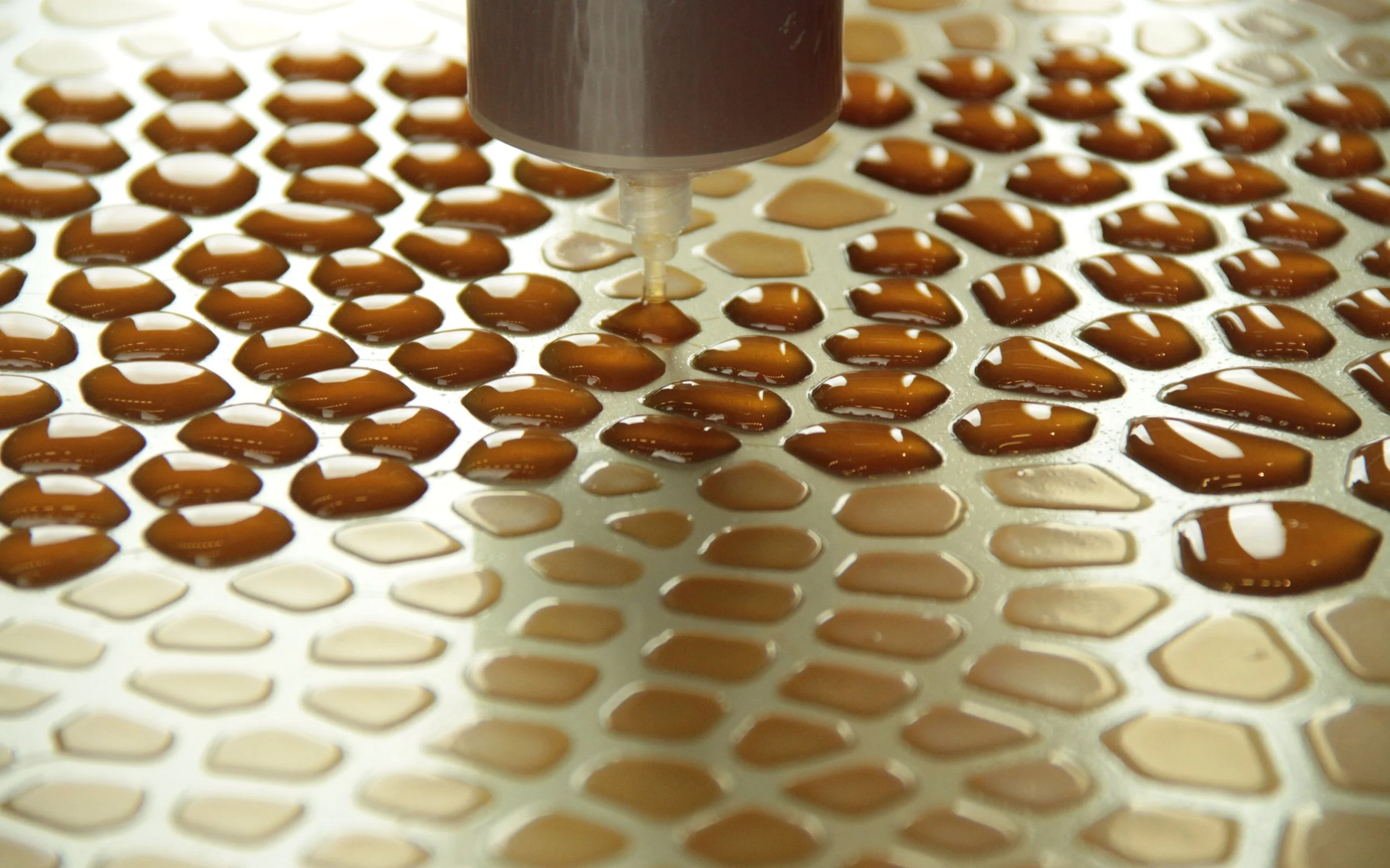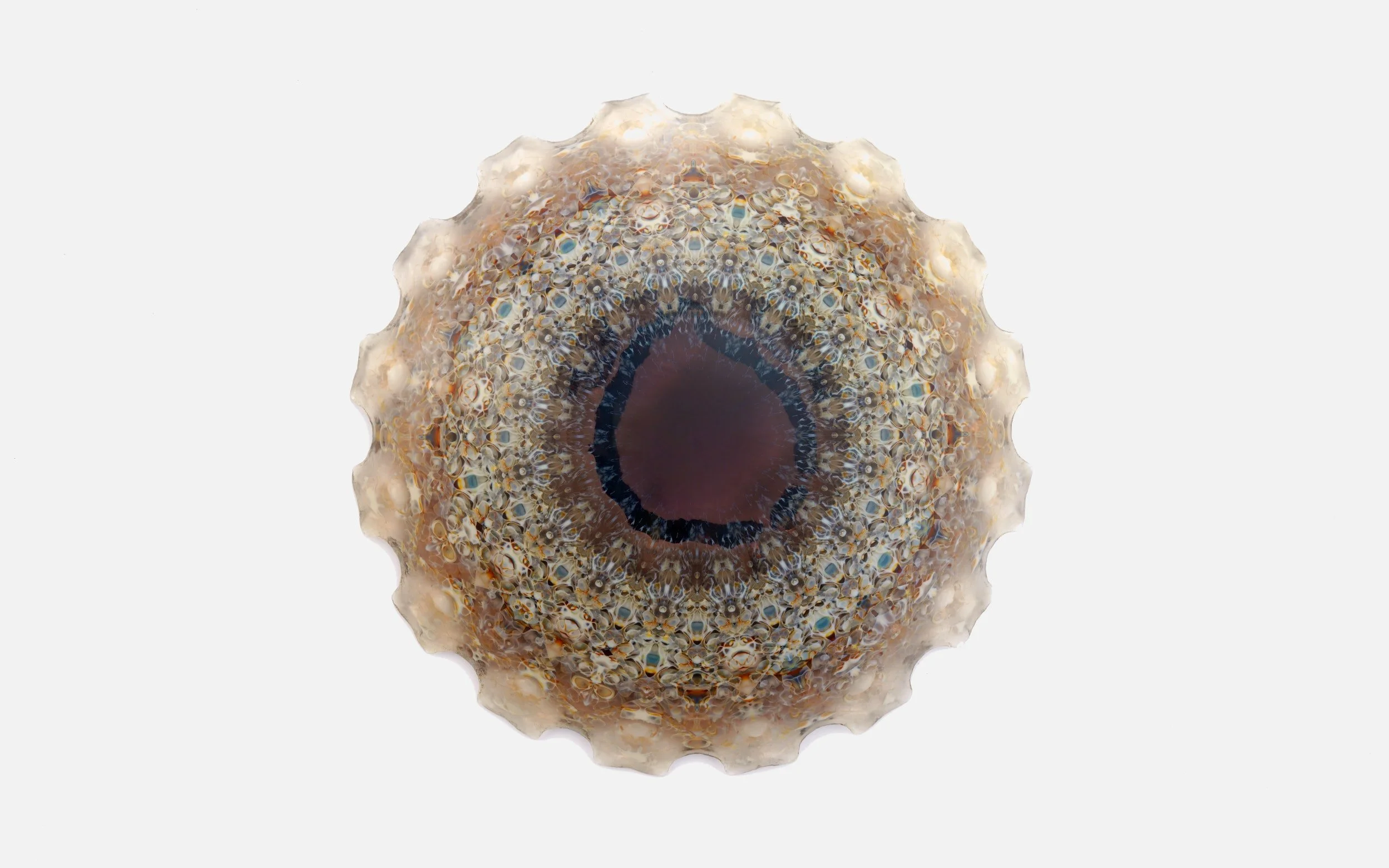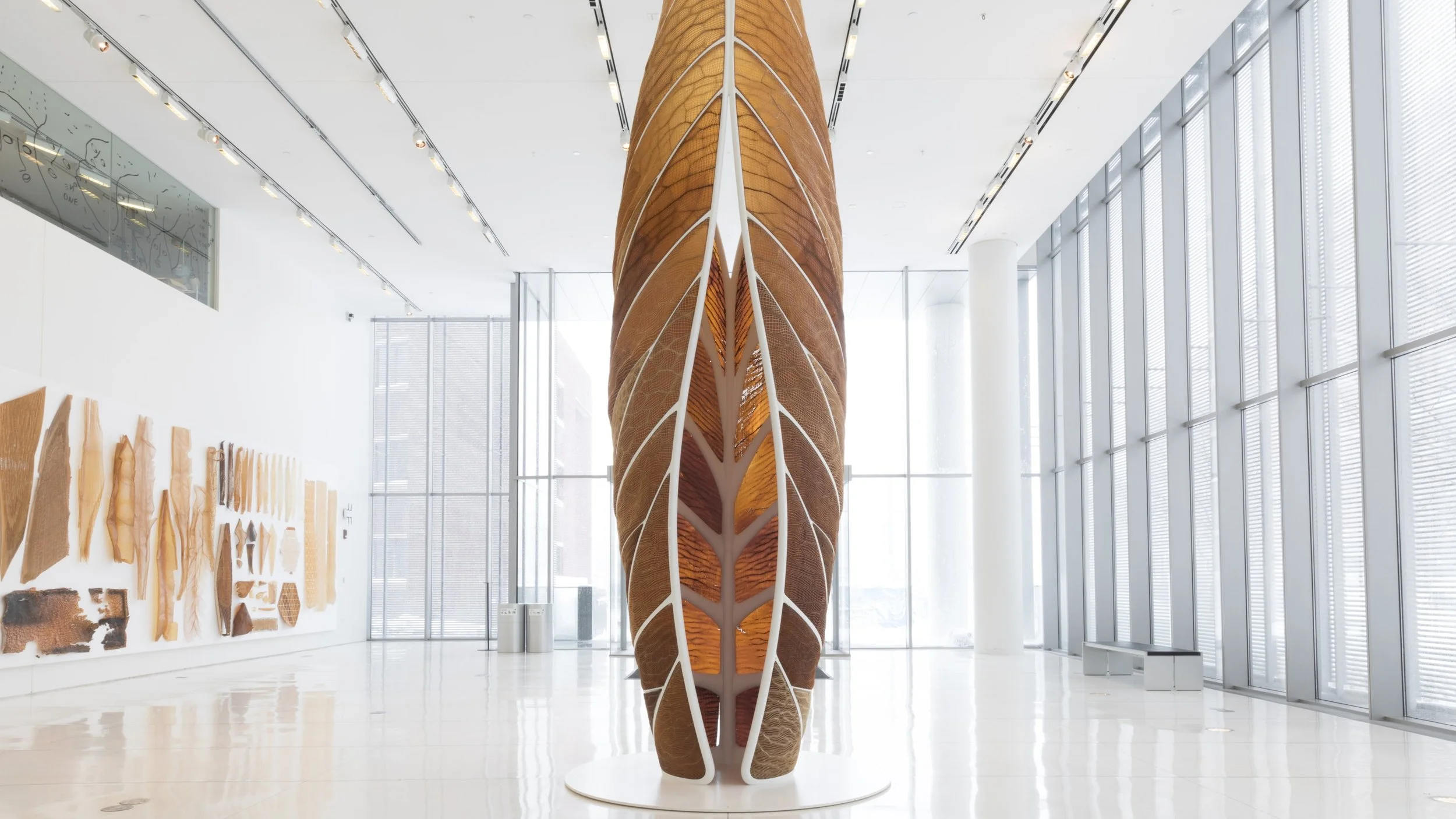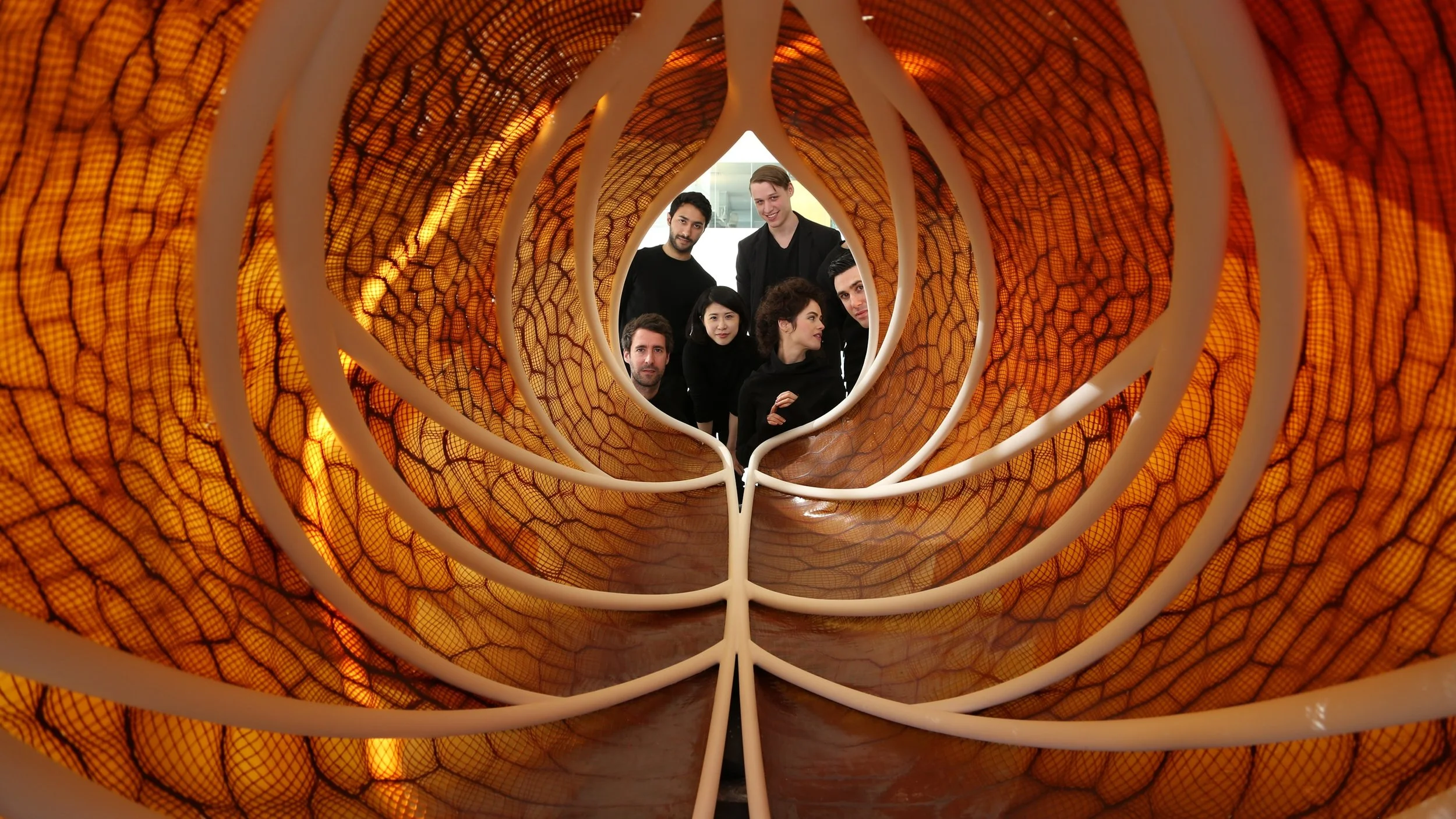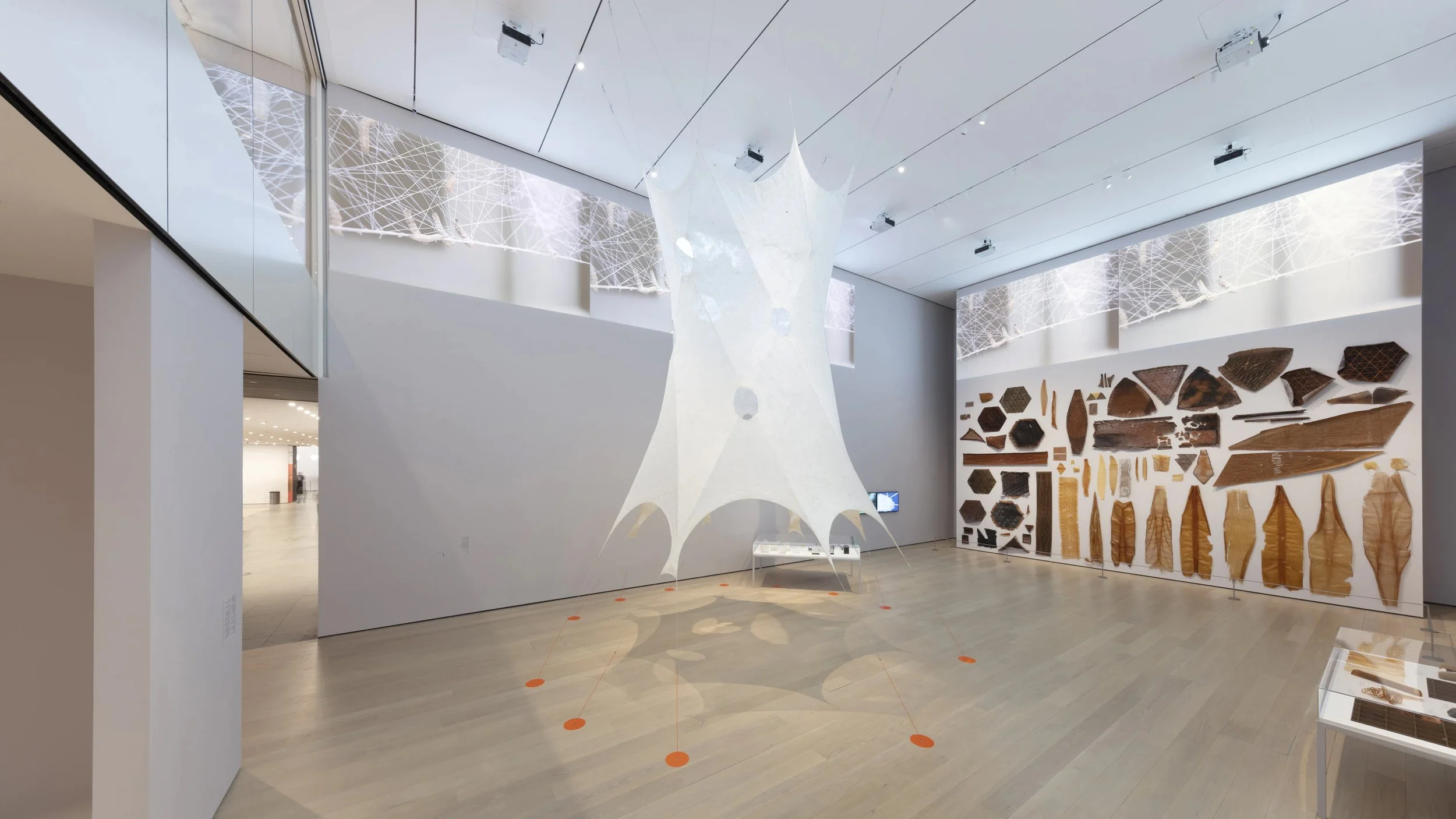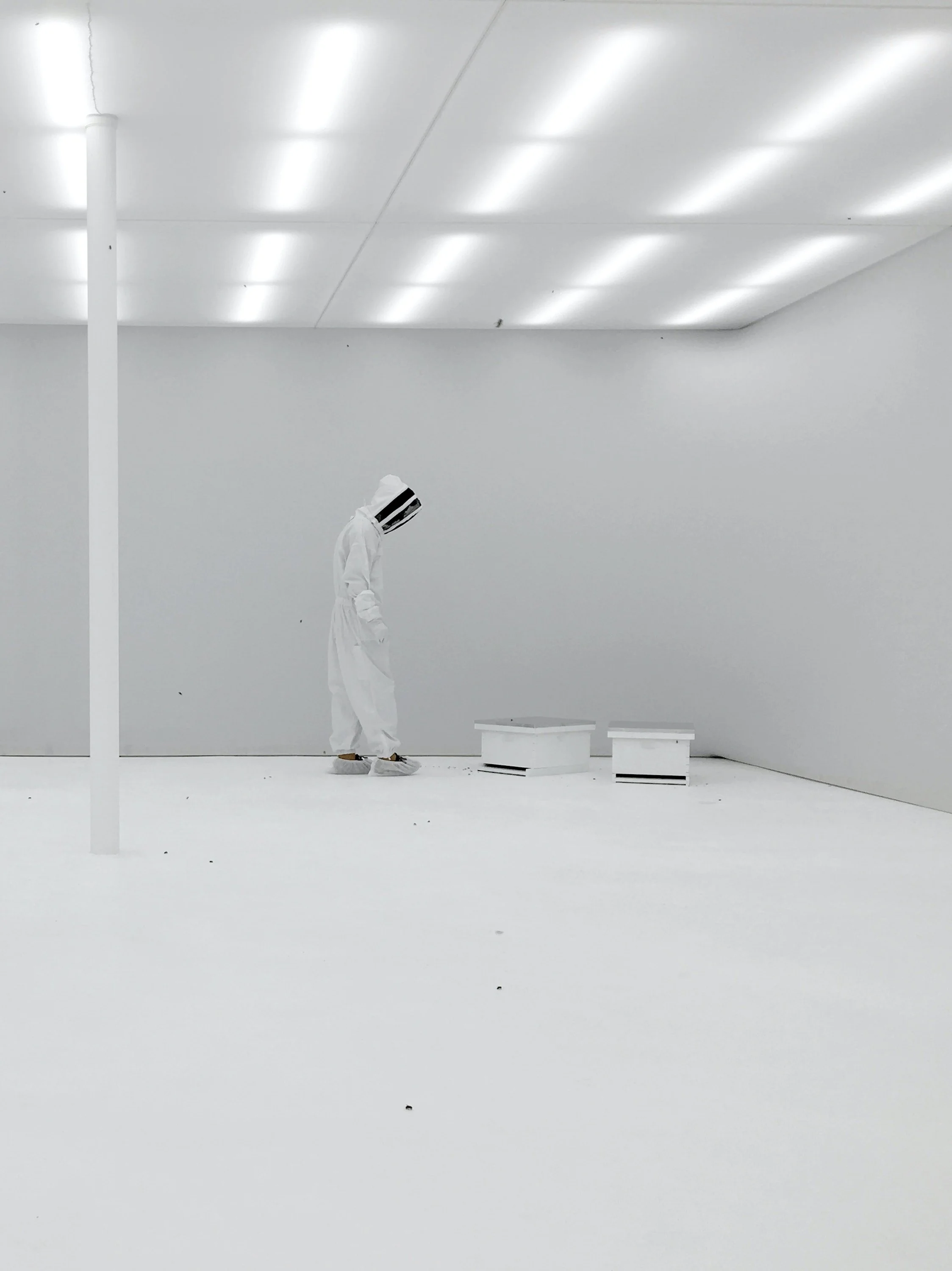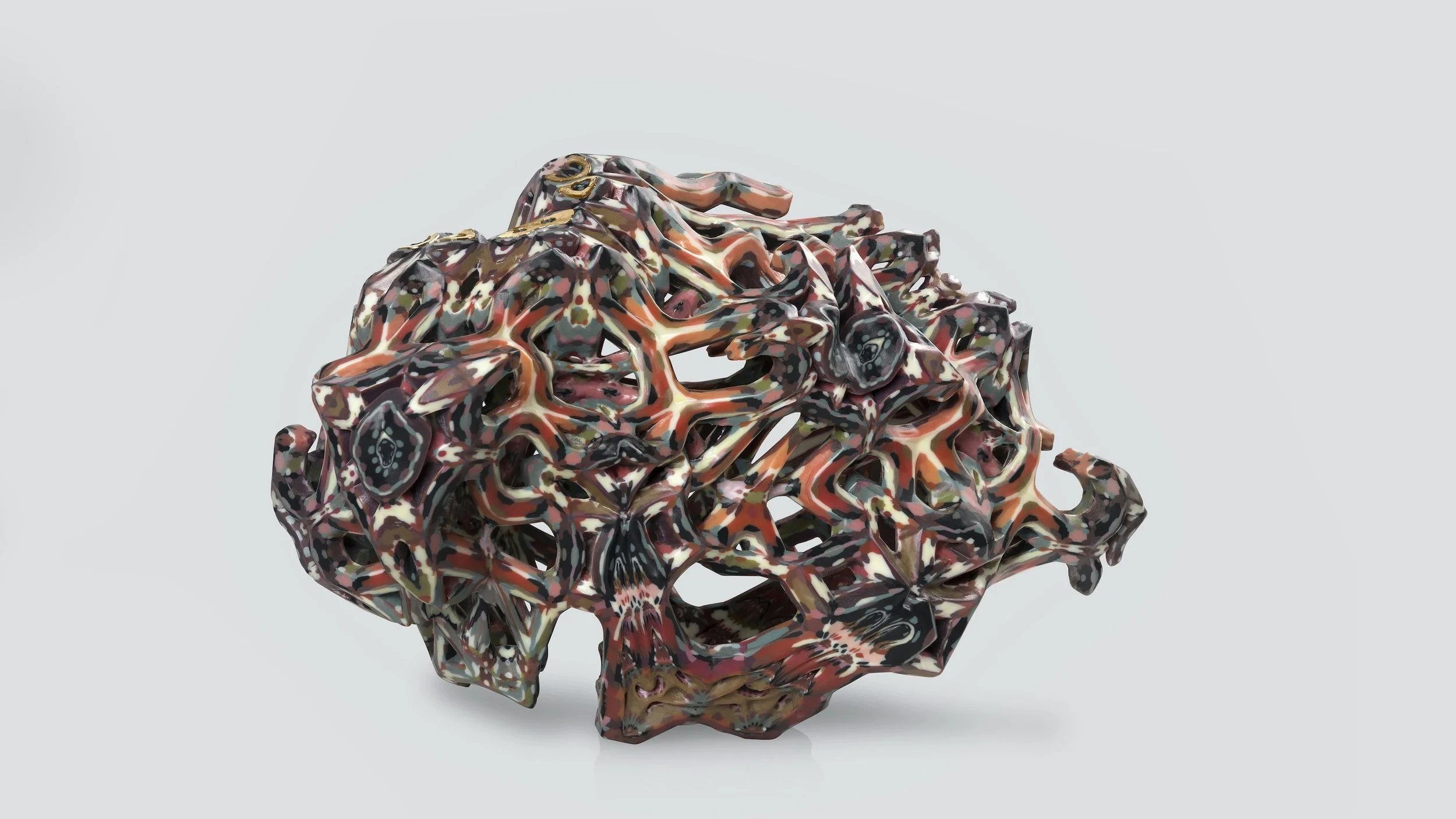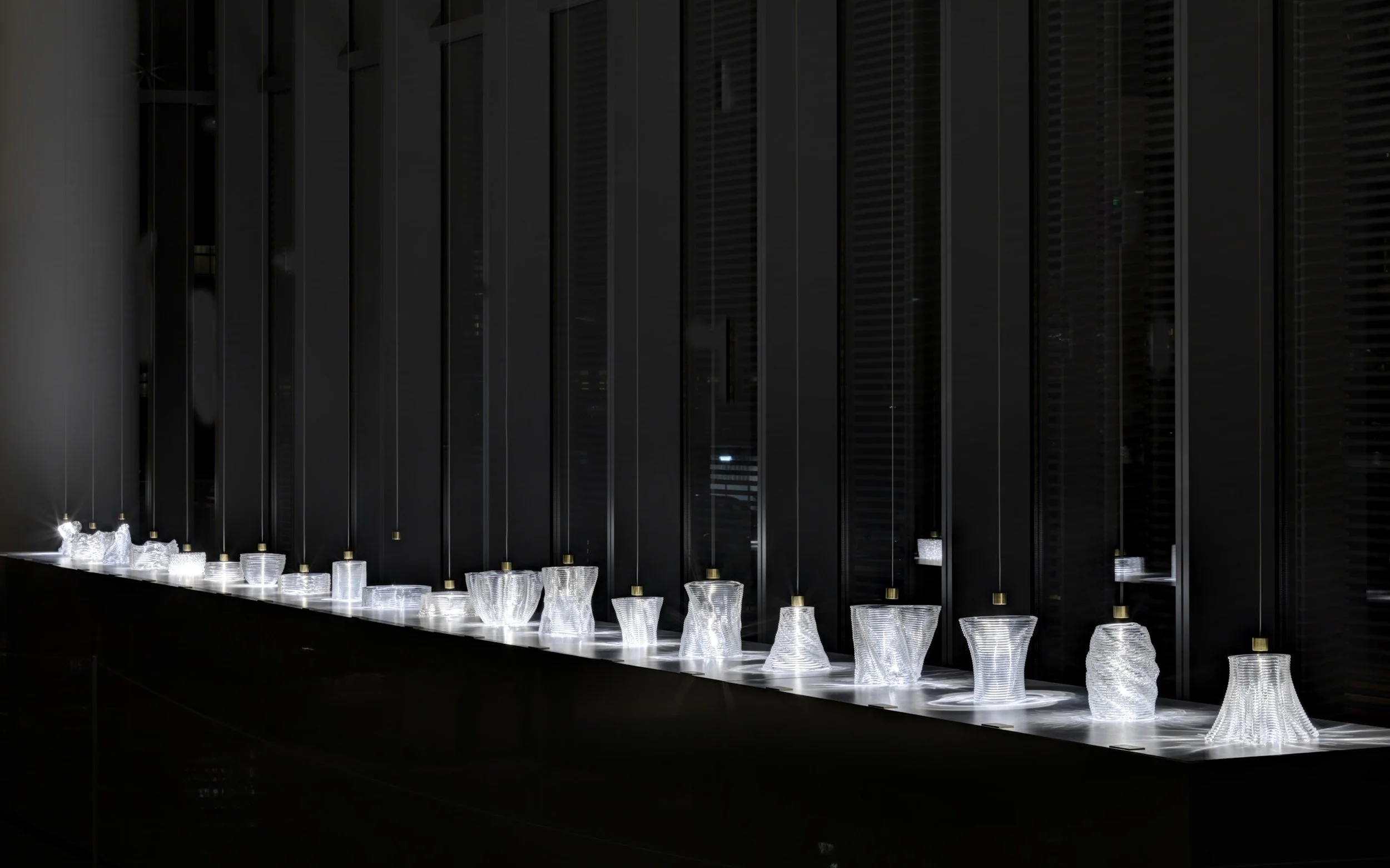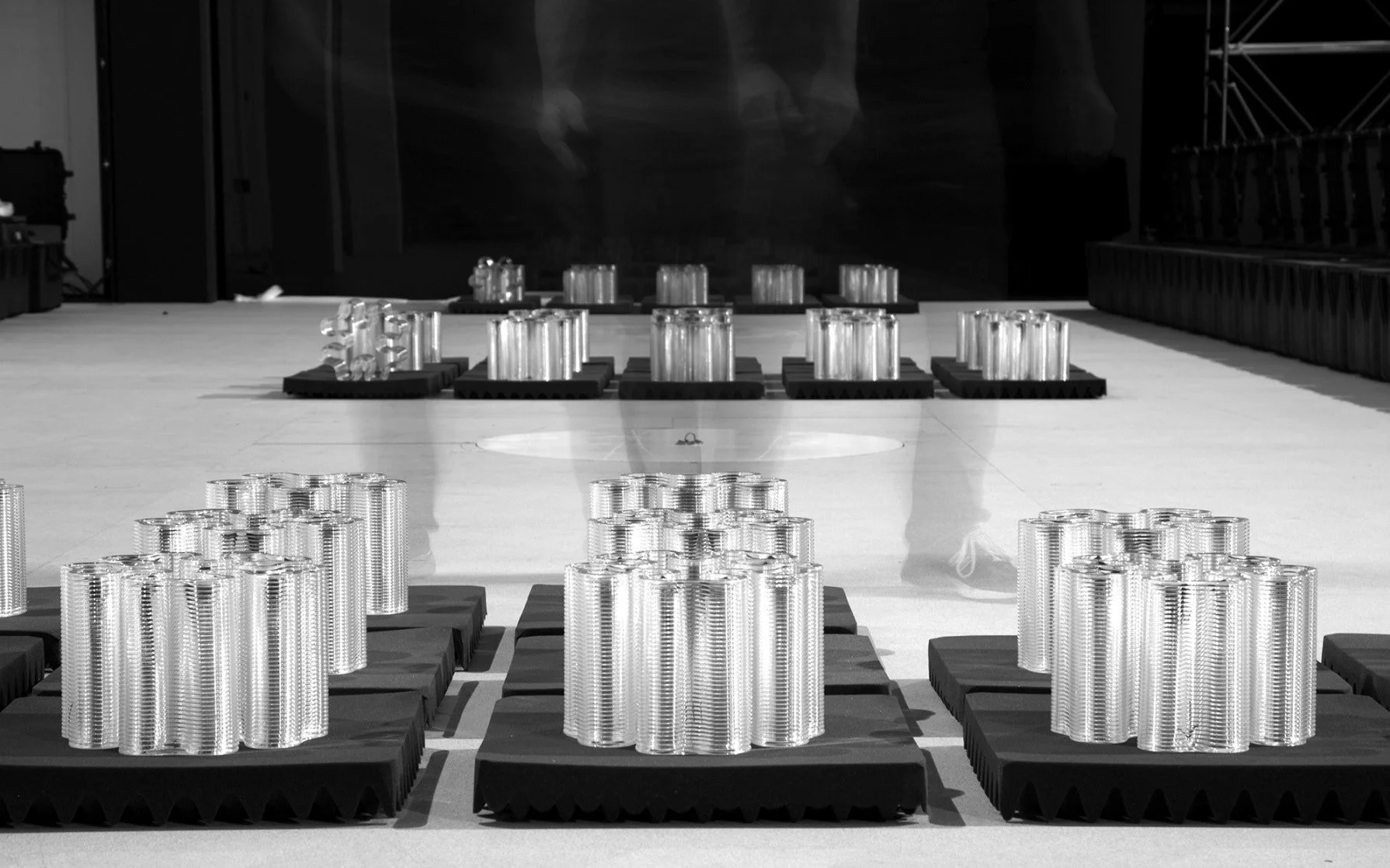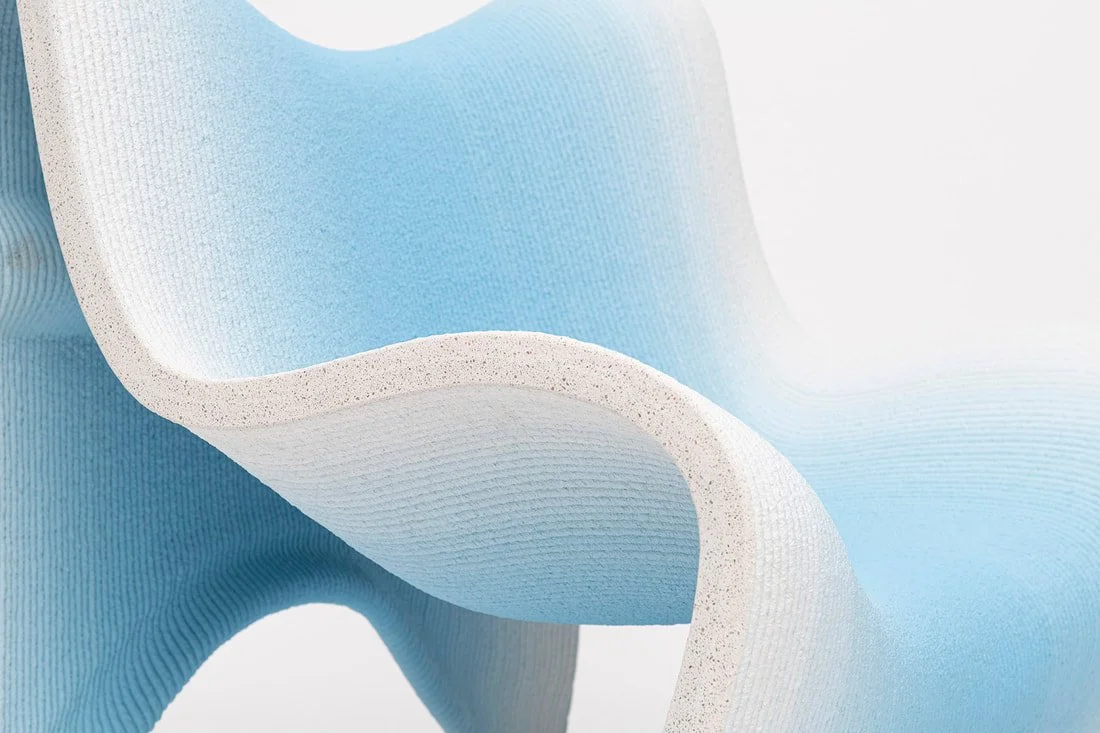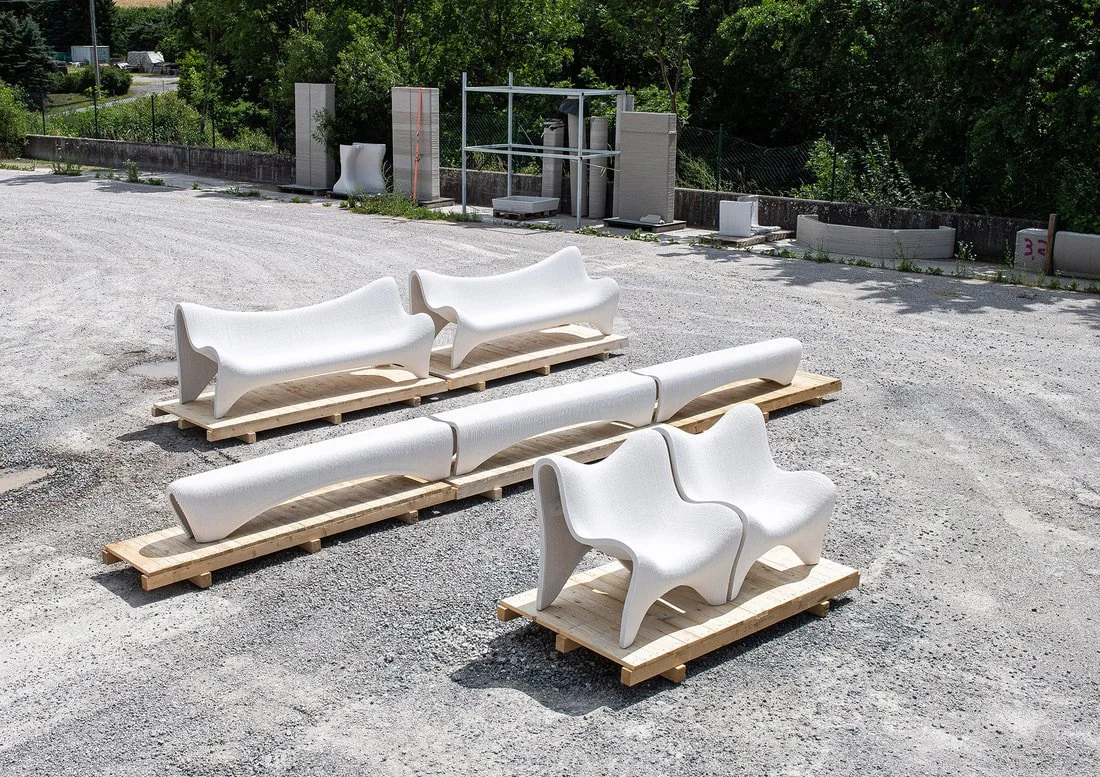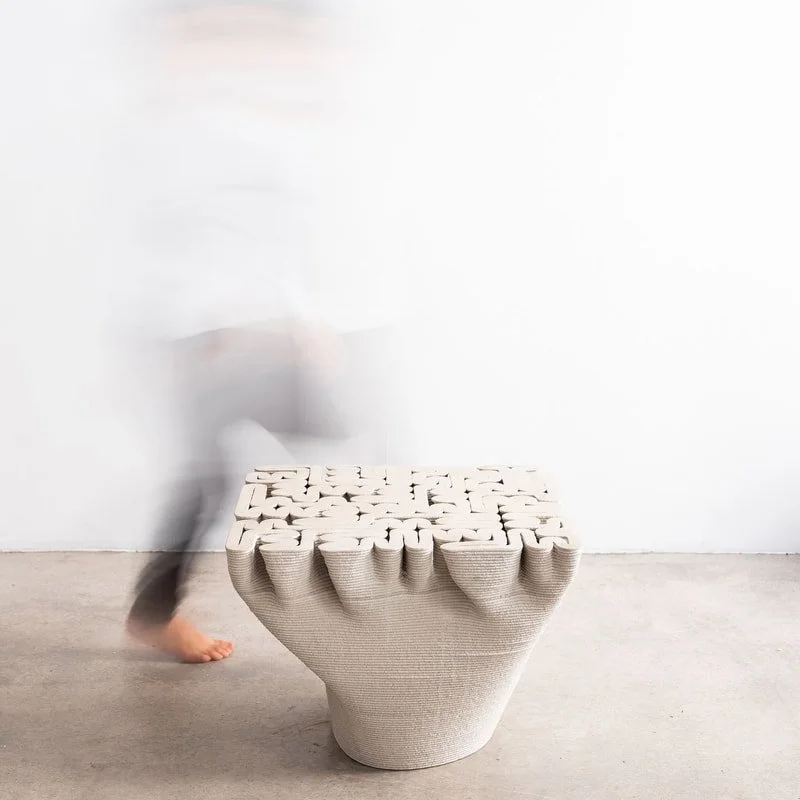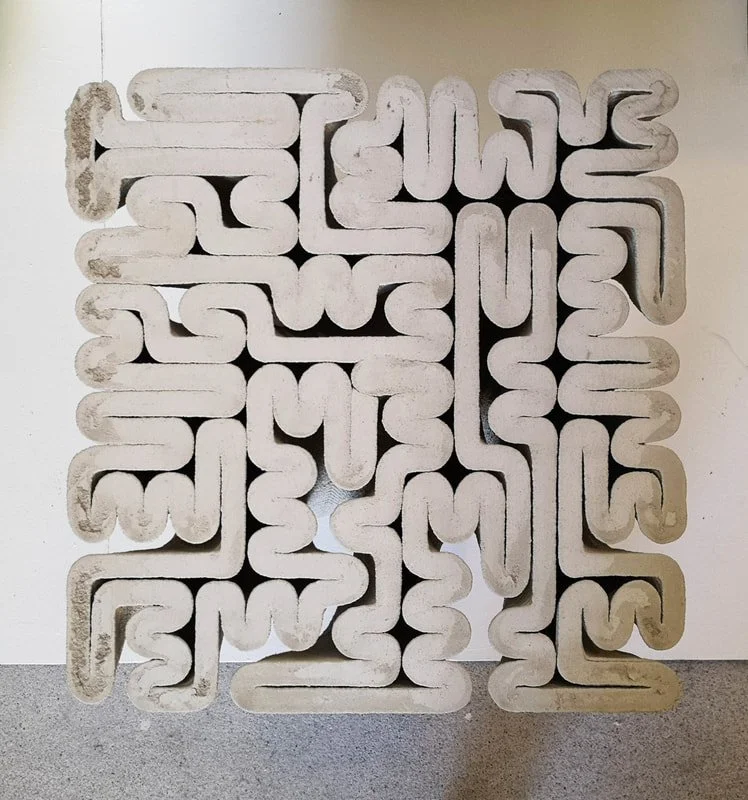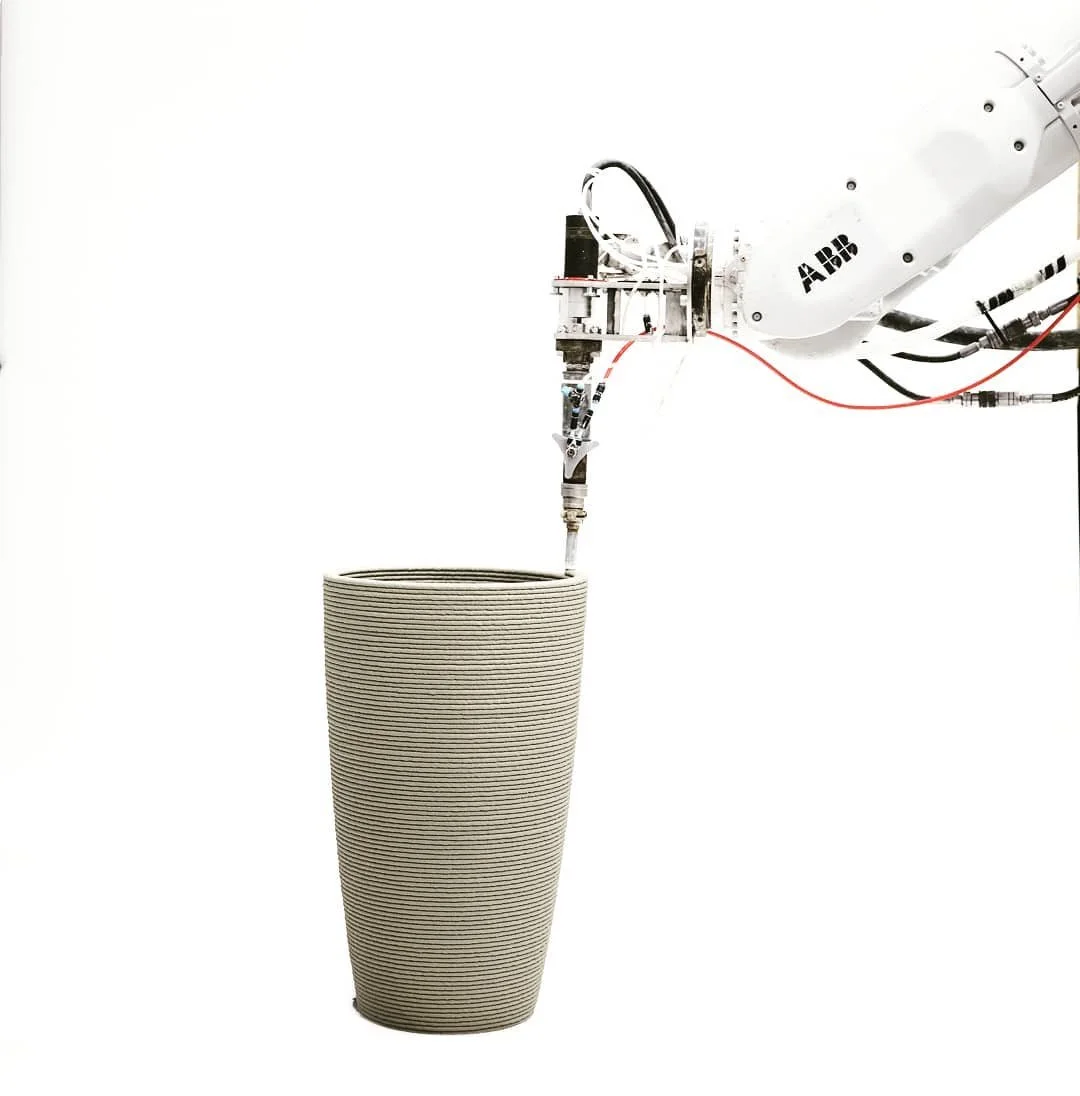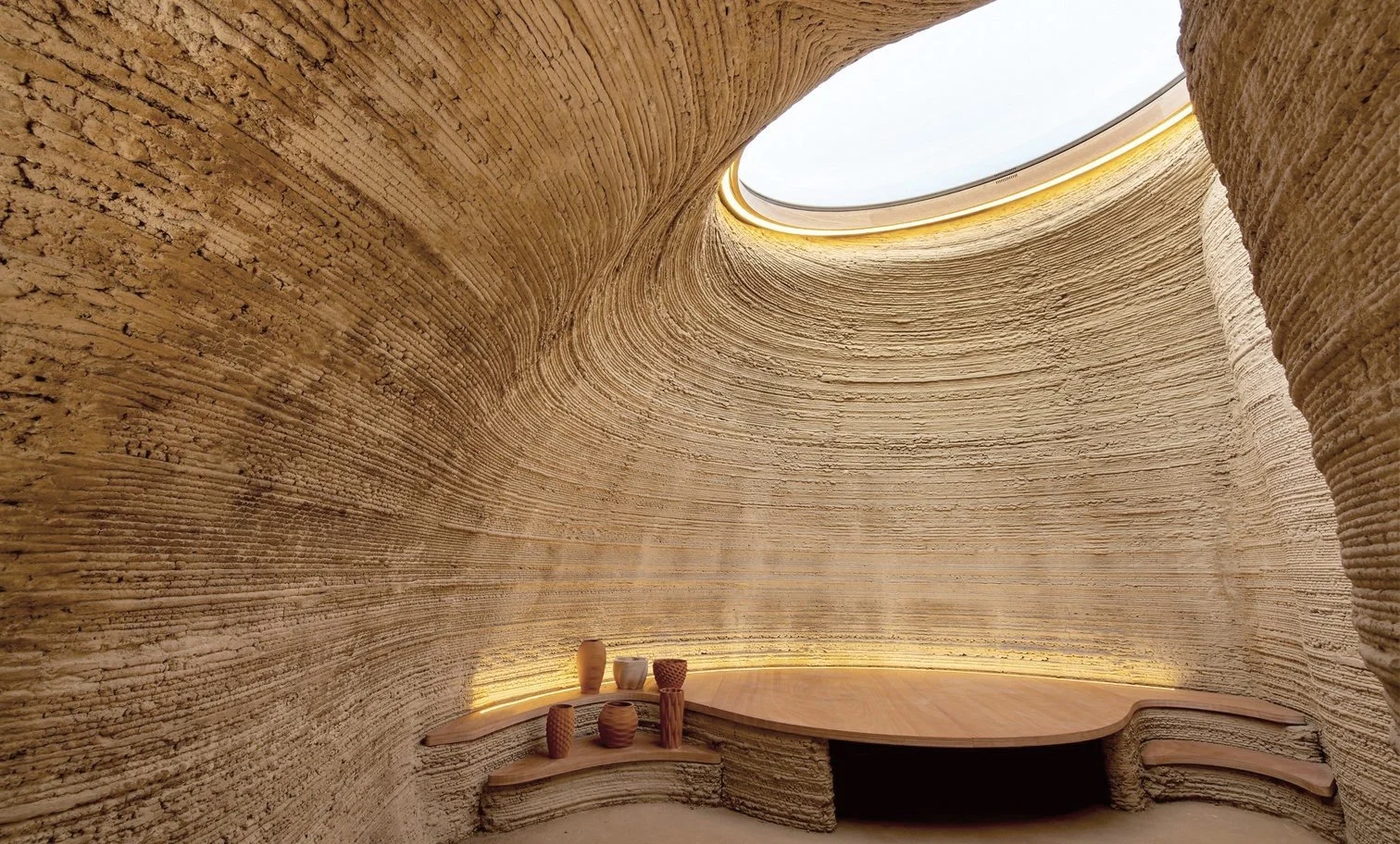 Image 1 of 17
Image 1 of 17

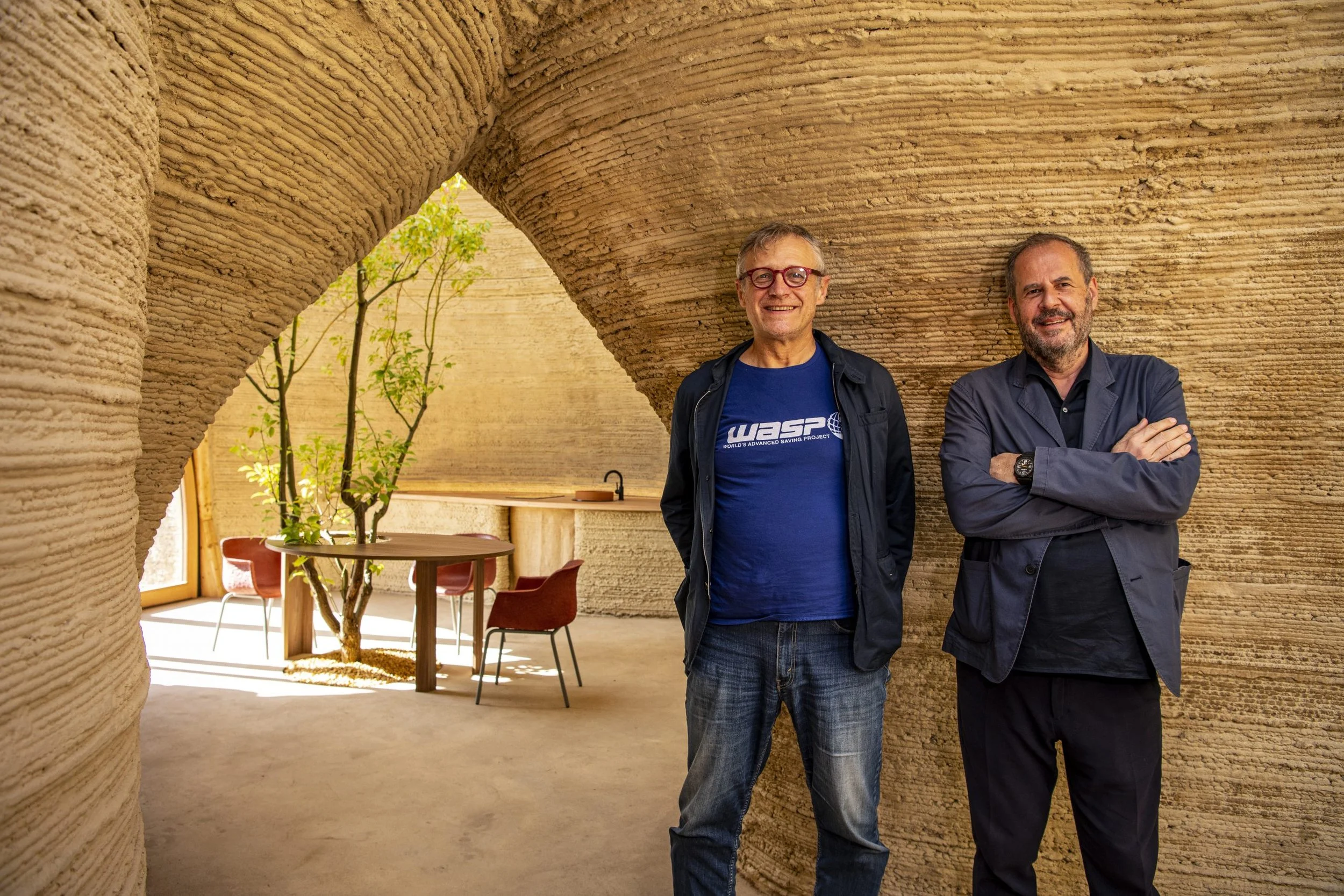 Image 2 of 17
Image 2 of 17

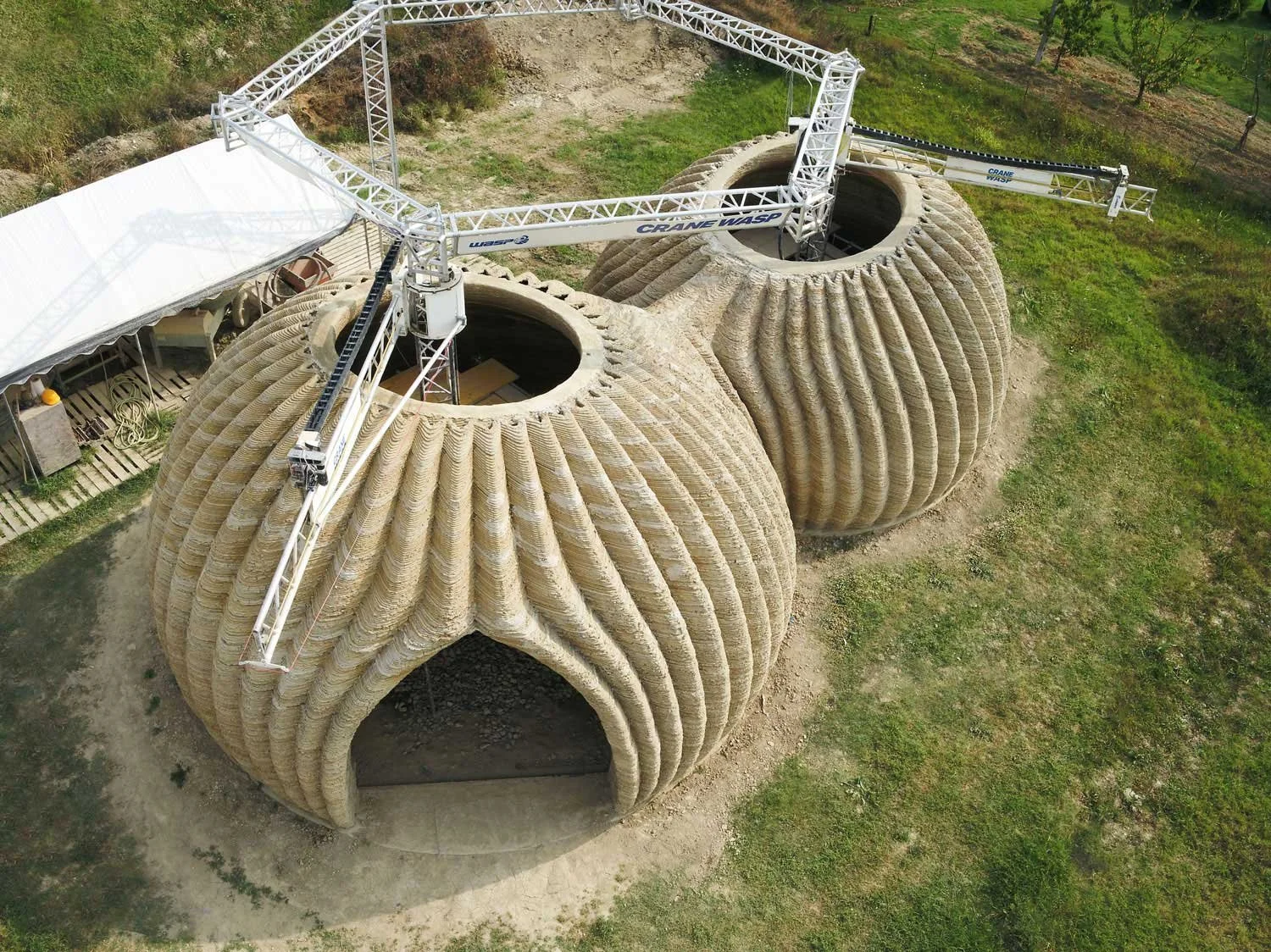 Image 3 of 17
Image 3 of 17

 Image 4 of 17
Image 4 of 17

 Image 5 of 17
Image 5 of 17

 Image 6 of 17
Image 6 of 17

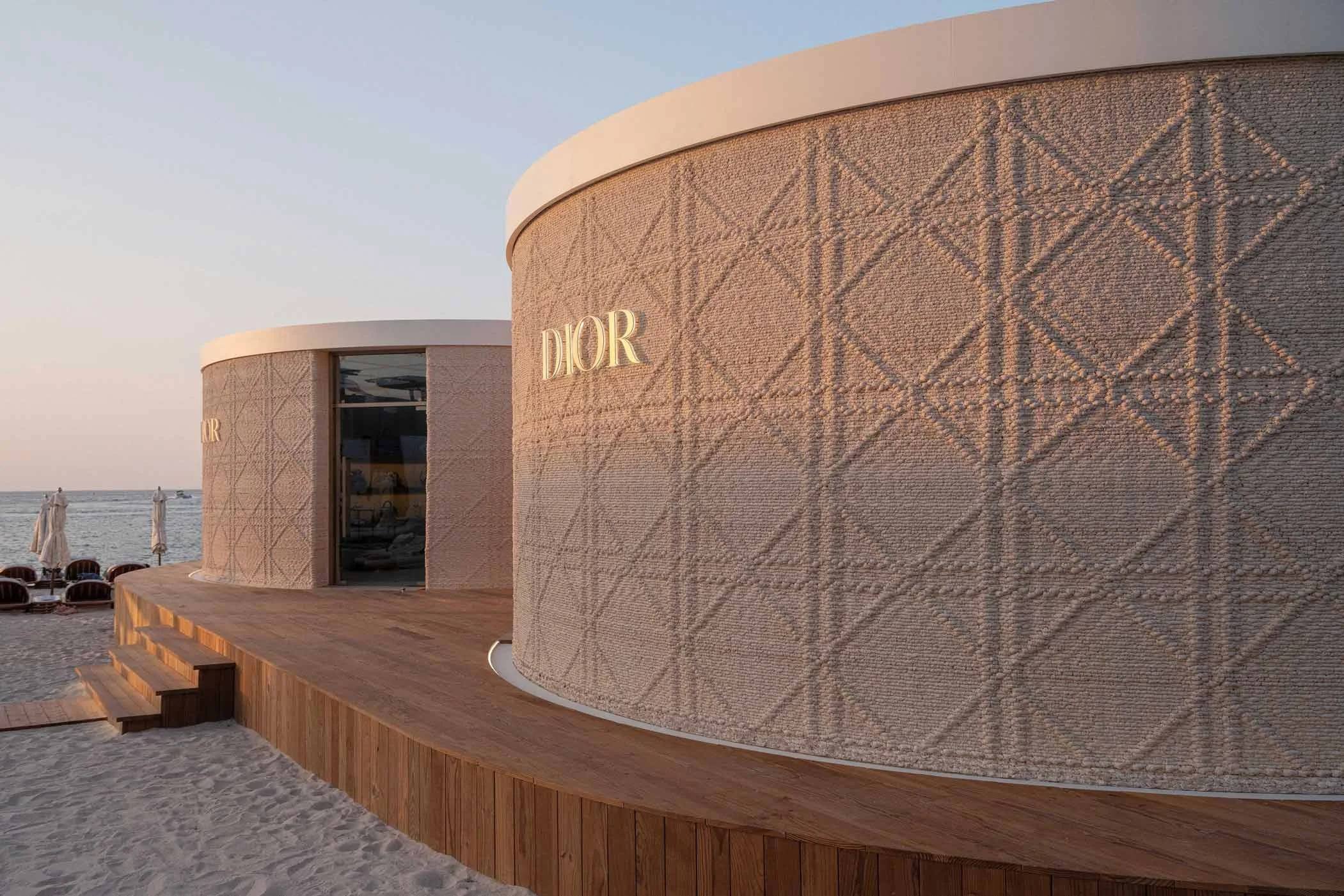 Image 7 of 17
Image 7 of 17

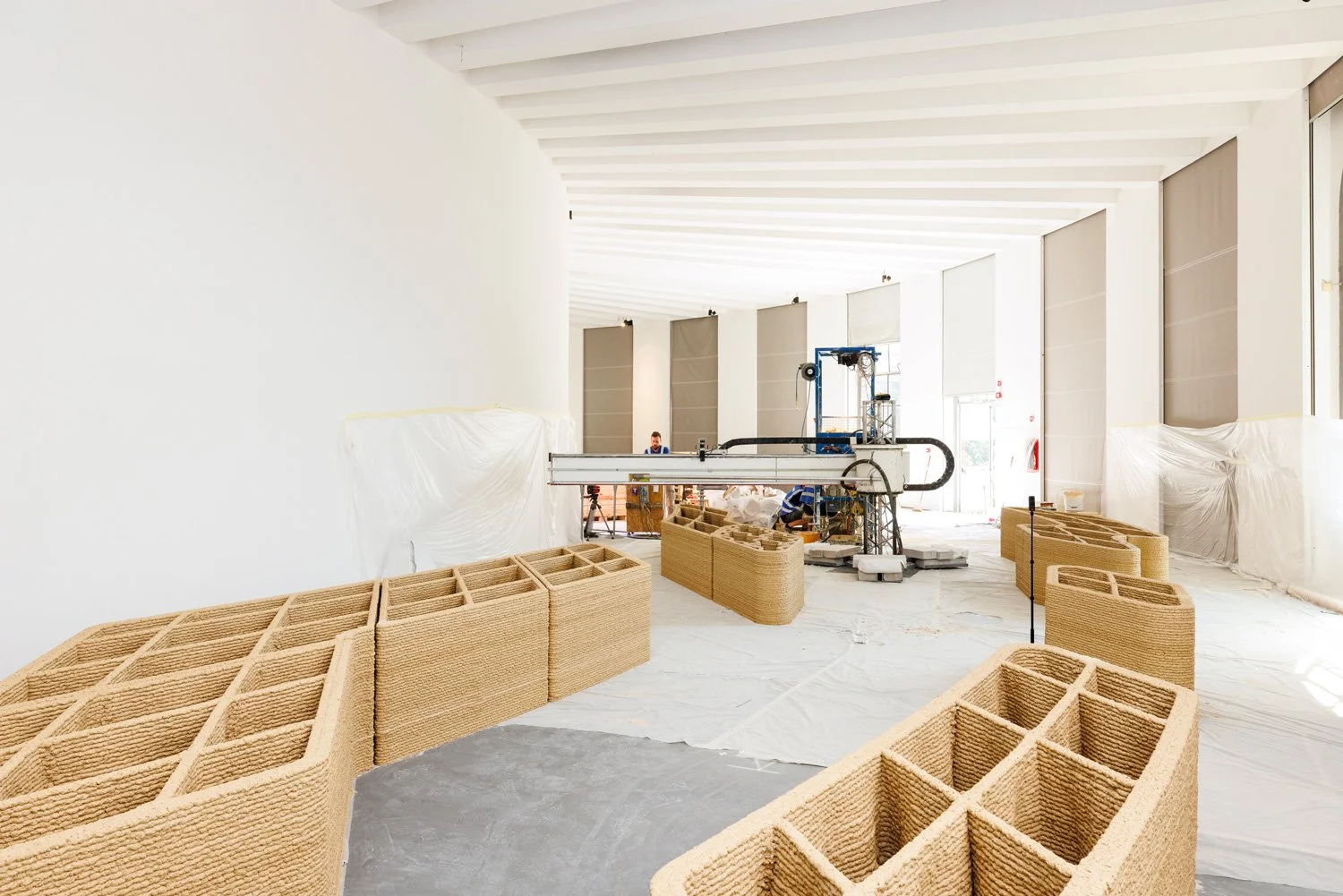 Image 8 of 17
Image 8 of 17

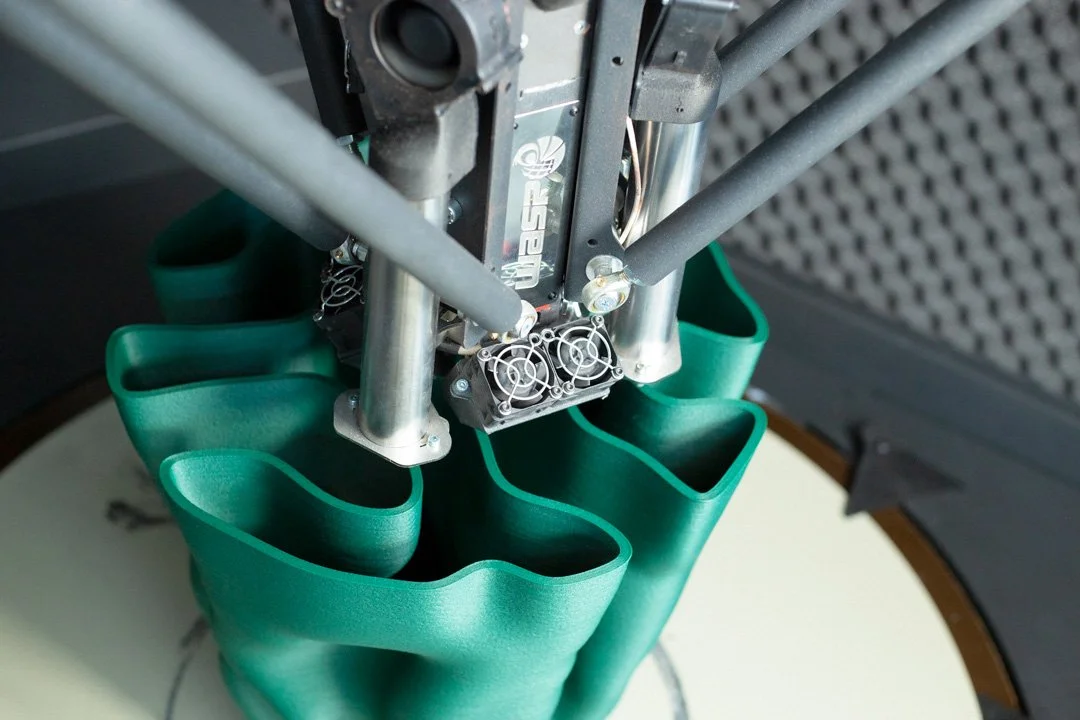 Image 9 of 17
Image 9 of 17

 Image 10 of 17
Image 10 of 17

 Image 11 of 17
Image 11 of 17

 Image 12 of 17
Image 12 of 17

 Image 13 of 17
Image 13 of 17

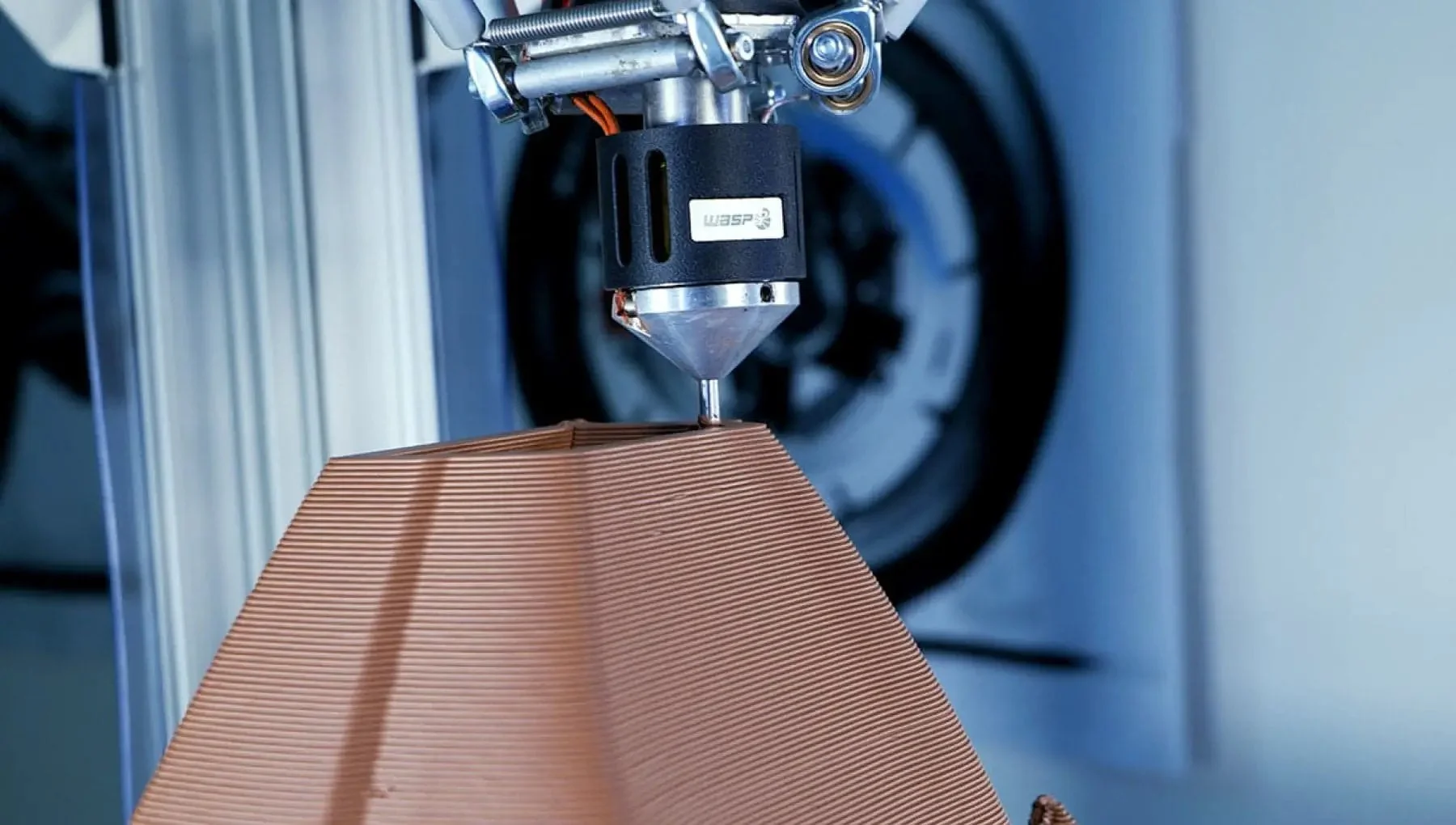 Image 14 of 17
Image 14 of 17

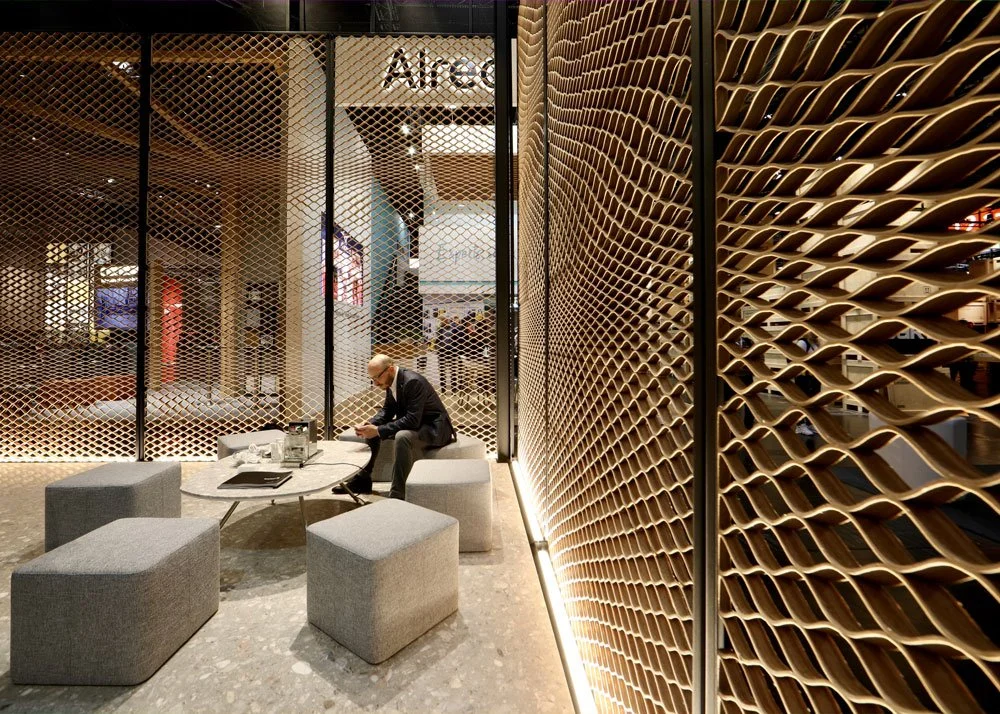 Image 15 of 17
Image 15 of 17

 Image 16 of 17
Image 16 of 17

 Image 17 of 17
Image 17 of 17


















WASP team demonstrates the power of additive manufacturing using large scale 3D printing
WASP (World's Advanced Saving Project) is an Italian company founded in 2012 by Massimo Moretti. The company was established with the mission to develop large-scale 3D printers capable of constructing sustainable, eco-friendly houses using locally sourced materials like clay and natural fibers. WASP's current mission focuses on revolutionizing the construction industry through innovative 3D printing technologies that promote the principles of circular economy and digital fabrication. Core values include sustainability, innovation, and responsibility, with a purpose to create a regenerative future through advanced material science and production technology.
Location
Headquarters: Massa Lombarda, Ravenna, Italy.
Primary manufacturing/operations locations: Massa Lombarda, Italy.
Note: Strategic location in Italy to foster innovation and collaboration with research institutions.
The Circular Vision
Core circular economy principles: Designing out waste, using locally sourced and renewable materials, and creating products that are fully recyclable and biodegradable.
Key innovations: Development of large-scale 3D printers like Crane WASP and BigDelta WASP, capable of printing houses using natural materials like clay, soil, straw, and rice husk. The patented process transforms waste into durable and aesthetically pleasing structures with significantly lower environmental impact.
Prioritization of local sourcing and closed-loop supply chains: Emphasis on using locally sourced materials and sustainable production methods to minimize environmental impact and support local economies.
Pioneering Solutions
Flagship products: Crane WASP 3D printer, BigDelta WASP 3D printer, and 3D printed houses like TECLA and Gaia.
Unique value propositions: High-quality, sustainable construction solutions that prioritize circularity, material reuse, and environmental responsibility. WASP's products are known for their innovative design, durability, and ability to significantly reduce construction time and costs while minimizing environmental impact.
The Regenerative Future
R&D focus areas: Advancing 3D printing technologies, optimizing production processes, and developing new applications for recycled and natural materials in construction.
Ambitious goals: To lead the construction industry in sustainable practices, create zero-waste products, and inspire a shift towards a regenerative built environment.
Fact Sheet
Commercial Availability: Products available globally through direct sales and partnerships with developers and governments.
Environmental Product Declaration (EPD): Information not available.
Circularity Rating: 5/5 (Strong focus on circular economy principles).
Key Certifications: Information not available.
Cost Rating: 4/5 (Competitive with conventional alternatives, with significant cost savings in sustainable materials).
Material Passport: Detailed material traceability and use of locally sourced and renewable materials.
Designed for Disassembly: Yes, products are designed for easy disassembly and recycling.
Carbon Performance: Focus on reducing carbon footprint through sustainable materials and local production. The use of recycled materials and efficient construction processes significantly lowers the environmental impact.
Key Takeaway
WASP transforms the construction industry through innovative, sustainable 3D printing solutions, setting a benchmark for circularity and environmental responsibility in modern construction.
Explore Further
WASP website: https://www.3dwasp.com/en/
Sustainability overview: https://www.3dwasp.com/en/about-us/
Example product: TECLA 3D printed house
WASP (World's Advanced Saving Project) is an Italian company founded in 2012 by Massimo Moretti. The company was established with the mission to develop large-scale 3D printers capable of constructing sustainable, eco-friendly houses using locally sourced materials like clay and natural fibers. WASP's current mission focuses on revolutionizing the construction industry through innovative 3D printing technologies that promote the principles of circular economy and digital fabrication. Core values include sustainability, innovation, and responsibility, with a purpose to create a regenerative future through advanced material science and production technology.
Location
Headquarters: Massa Lombarda, Ravenna, Italy.
Primary manufacturing/operations locations: Massa Lombarda, Italy.
Note: Strategic location in Italy to foster innovation and collaboration with research institutions.
The Circular Vision
Core circular economy principles: Designing out waste, using locally sourced and renewable materials, and creating products that are fully recyclable and biodegradable.
Key innovations: Development of large-scale 3D printers like Crane WASP and BigDelta WASP, capable of printing houses using natural materials like clay, soil, straw, and rice husk. The patented process transforms waste into durable and aesthetically pleasing structures with significantly lower environmental impact.
Prioritization of local sourcing and closed-loop supply chains: Emphasis on using locally sourced materials and sustainable production methods to minimize environmental impact and support local economies.
Pioneering Solutions
Flagship products: Crane WASP 3D printer, BigDelta WASP 3D printer, and 3D printed houses like TECLA and Gaia.
Unique value propositions: High-quality, sustainable construction solutions that prioritize circularity, material reuse, and environmental responsibility. WASP's products are known for their innovative design, durability, and ability to significantly reduce construction time and costs while minimizing environmental impact.
The Regenerative Future
R&D focus areas: Advancing 3D printing technologies, optimizing production processes, and developing new applications for recycled and natural materials in construction.
Ambitious goals: To lead the construction industry in sustainable practices, create zero-waste products, and inspire a shift towards a regenerative built environment.
Fact Sheet
Commercial Availability: Products available globally through direct sales and partnerships with developers and governments.
Environmental Product Declaration (EPD): Information not available.
Circularity Rating: 5/5 (Strong focus on circular economy principles).
Key Certifications: Information not available.
Cost Rating: 4/5 (Competitive with conventional alternatives, with significant cost savings in sustainable materials).
Material Passport: Detailed material traceability and use of locally sourced and renewable materials.
Designed for Disassembly: Yes, products are designed for easy disassembly and recycling.
Carbon Performance: Focus on reducing carbon footprint through sustainable materials and local production. The use of recycled materials and efficient construction processes significantly lowers the environmental impact.
Key Takeaway
WASP transforms the construction industry through innovative, sustainable 3D printing solutions, setting a benchmark for circularity and environmental responsibility in modern construction.
Explore Further
WASP website: https://www.3dwasp.com/en/
Sustainability overview: https://www.3dwasp.com/en/about-us/
Example product: TECLA 3D printed house


